Fantome Island (Eumilli Island)
The island is known for its 1928 lock hospital (for those with venereal disease) and 1939 leprosarium, known as the lazaret. Both are now heritage-listed on the Queensland Heritage Register, as Fantome Island Lock Hospital and Lazaret Sites. The island is no longer inhabited.
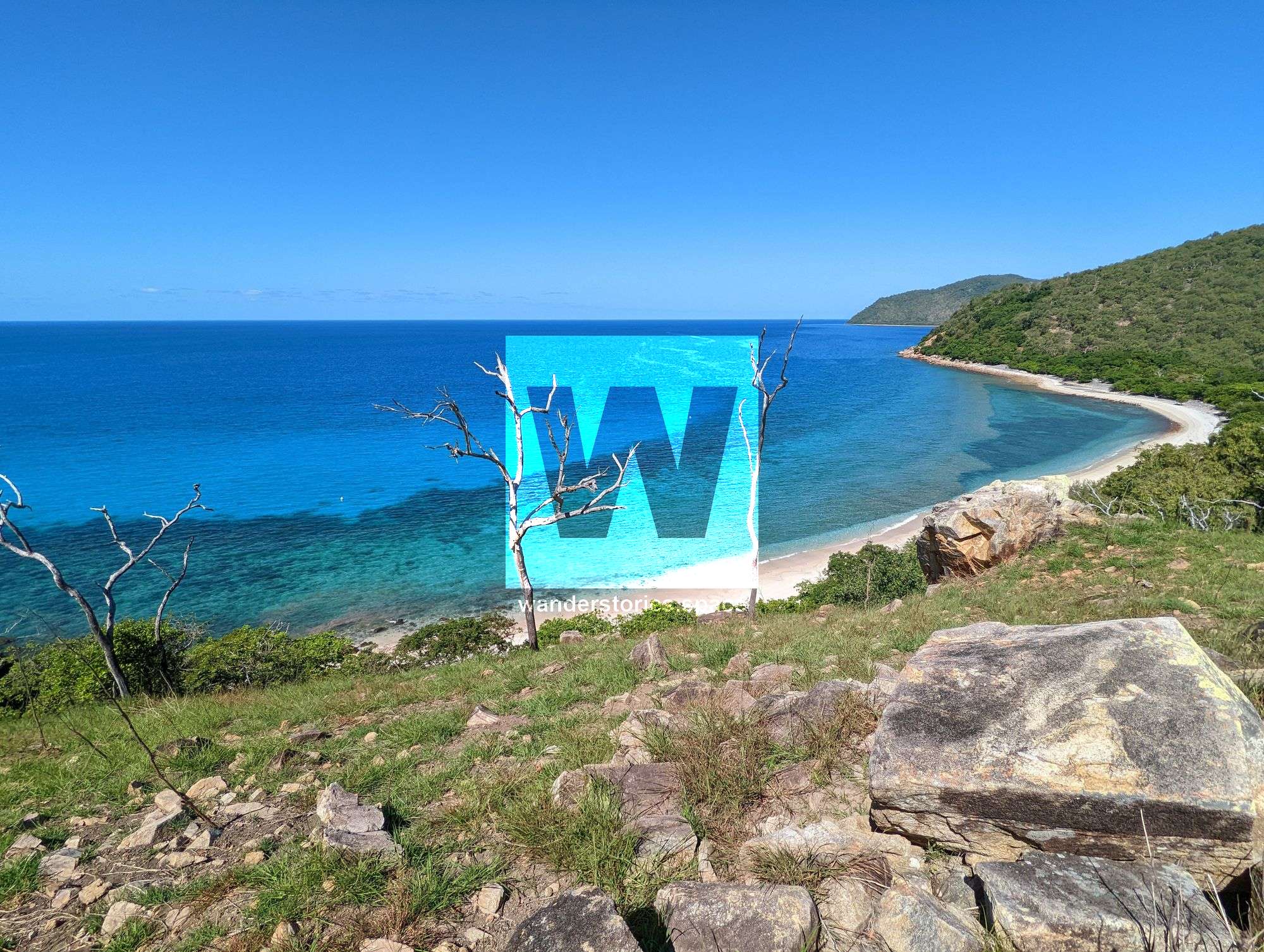
Location - Fantome Island, North Queensland, Australia
Between 1939 to 1973, Fantome Island served as both a lazaret (leprosarium) and a lock hospital. The island's heritage-listed archaeological ruins serve as an example of how previous Queensland governments dealt with the public health problems caused by the isolation of Aboriginal & Torres Strait Islander and South Sea Islander patients and inmates.
These ruins are quite extensive with lots of plants introduced to the area. You'll find mango trees, frangipanis, and citrus just to name a few. And it possibly even looks like the Chinese chunky Apple Bush was brought here as there are very old trees but not very many young ones - probaly because the land is so barren not to support younger bushes.
Highlights include views and breeze from the lazaret's signal hut and the impressive stone walls of central ridge at the lock hospital. Be mindful of the asbestos and other dangers in the area.



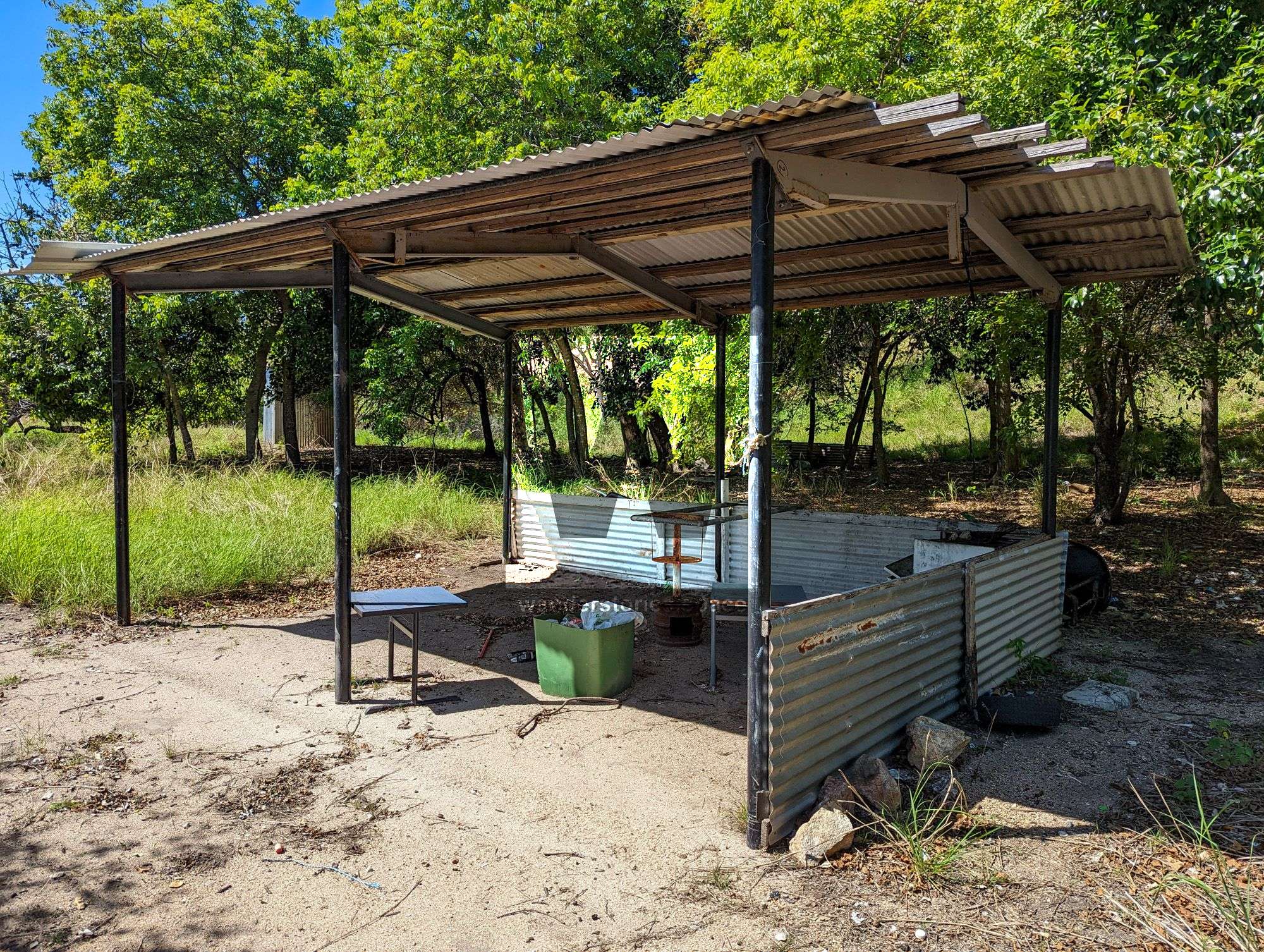


How to get there
You will need a boat and favourable winds and tides to get to the island.
Interactive Map

Leprosarium / Lazaret
The lazaret's remnants can be found in the low-lying coastal regions on the island's northern peninsula's south-west and north-eastern sides. The primary lazaret path runs between the two sides of the low saddle area. The remnants of the administrative buildings are located on the low saddle's north-eastern side, and the supply centre and surrounds, school, dispensaries, women's, men's, and married couples' quarters are located on the saddle's south-west side.
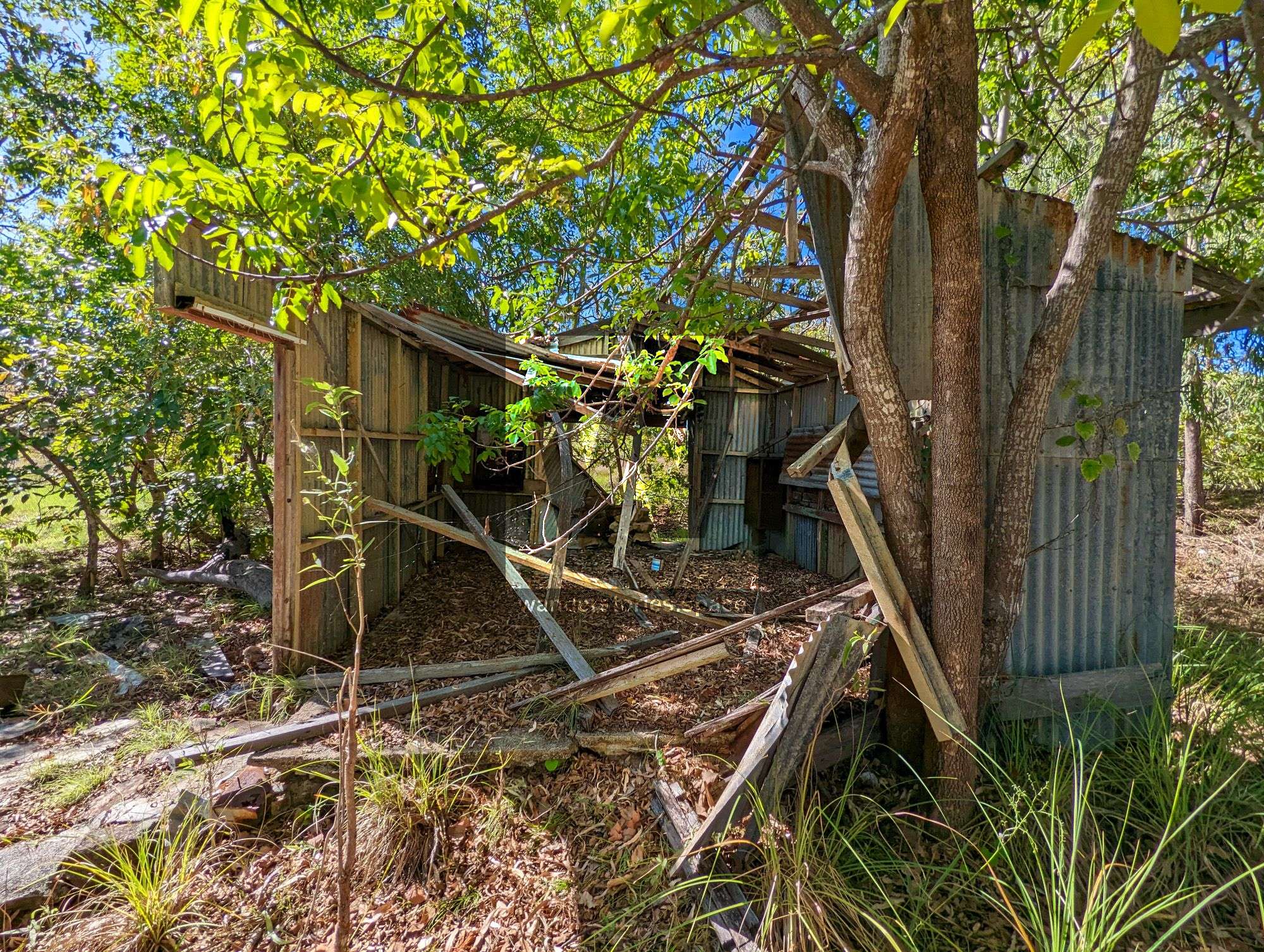
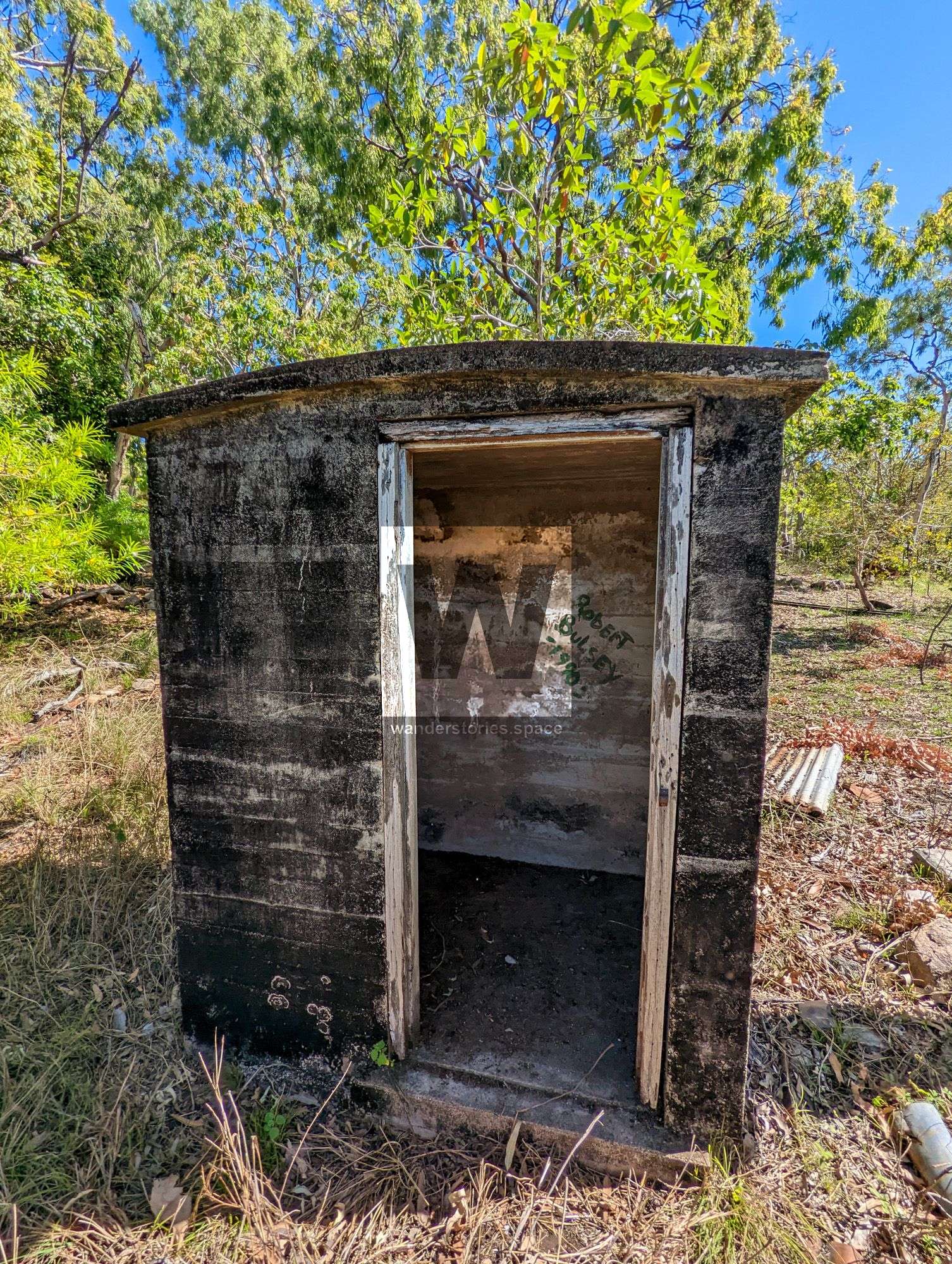
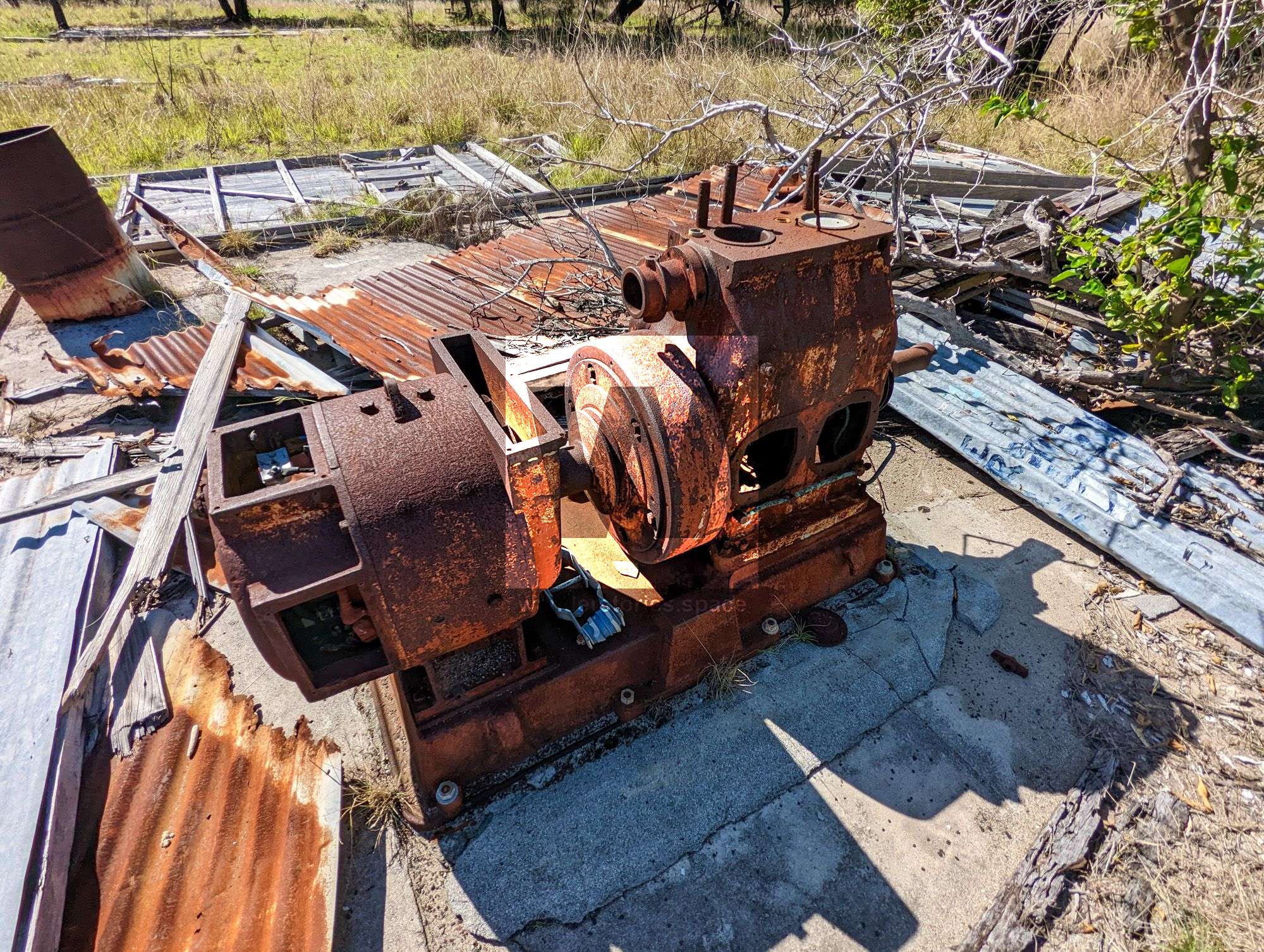
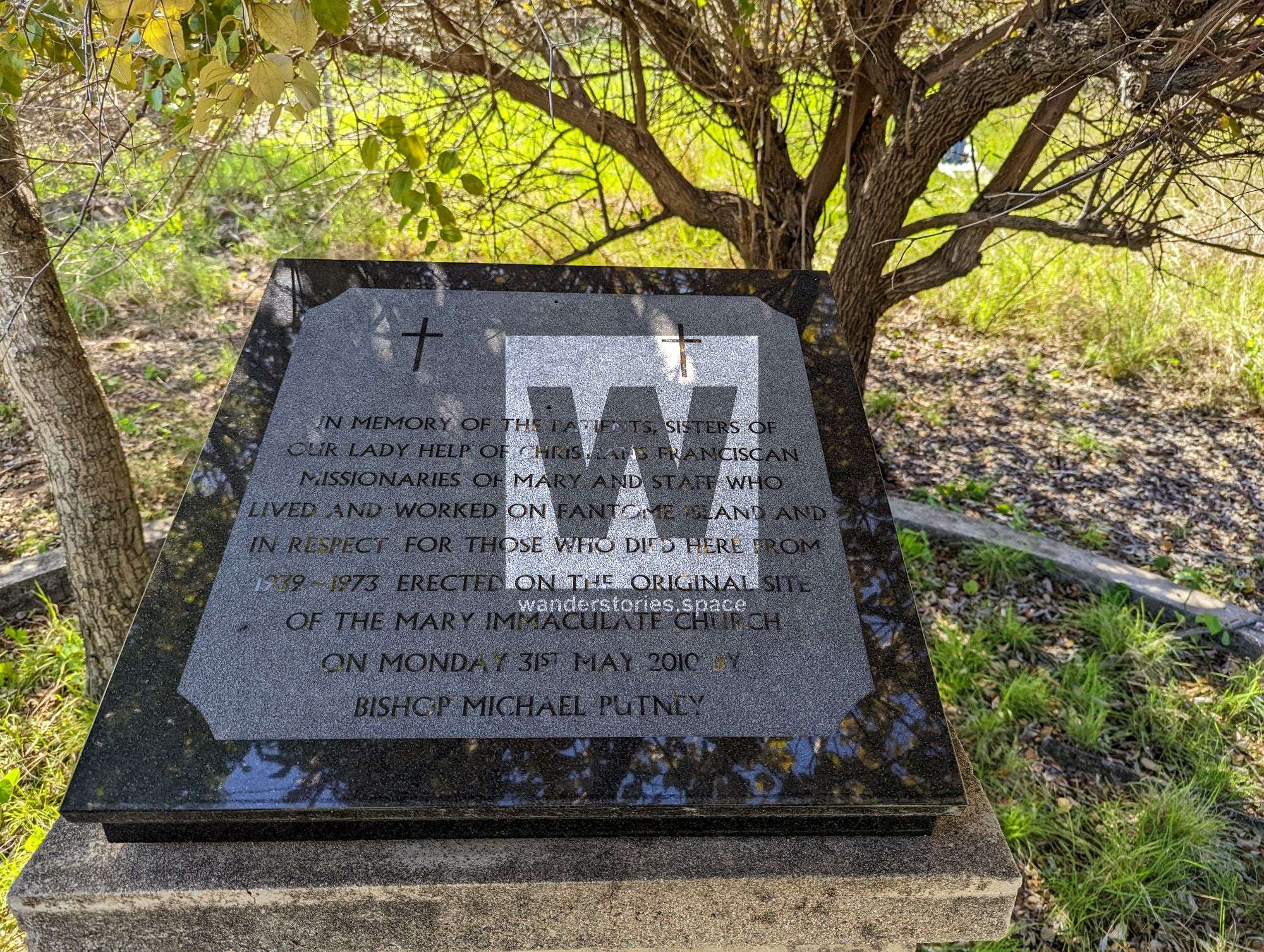
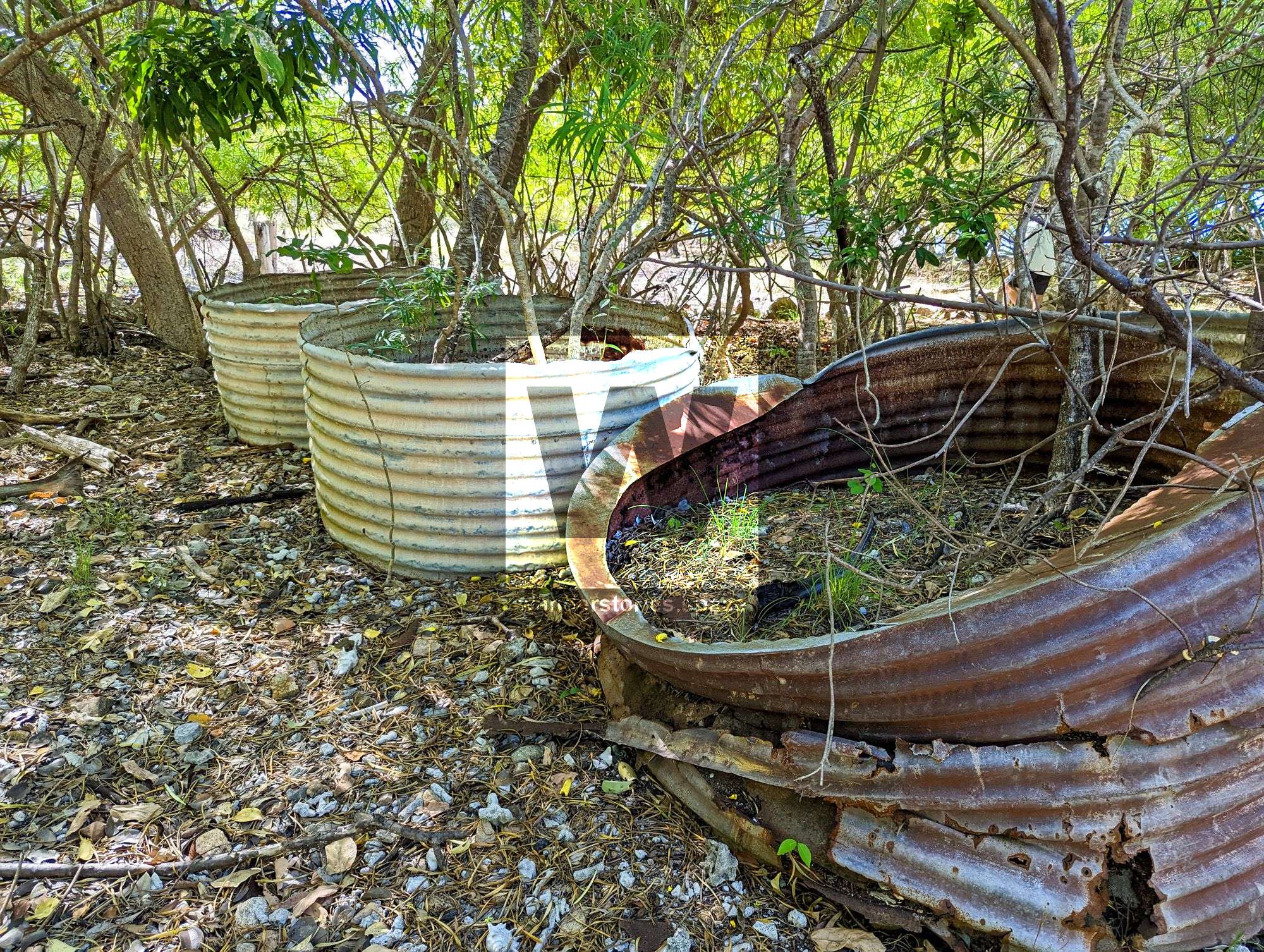
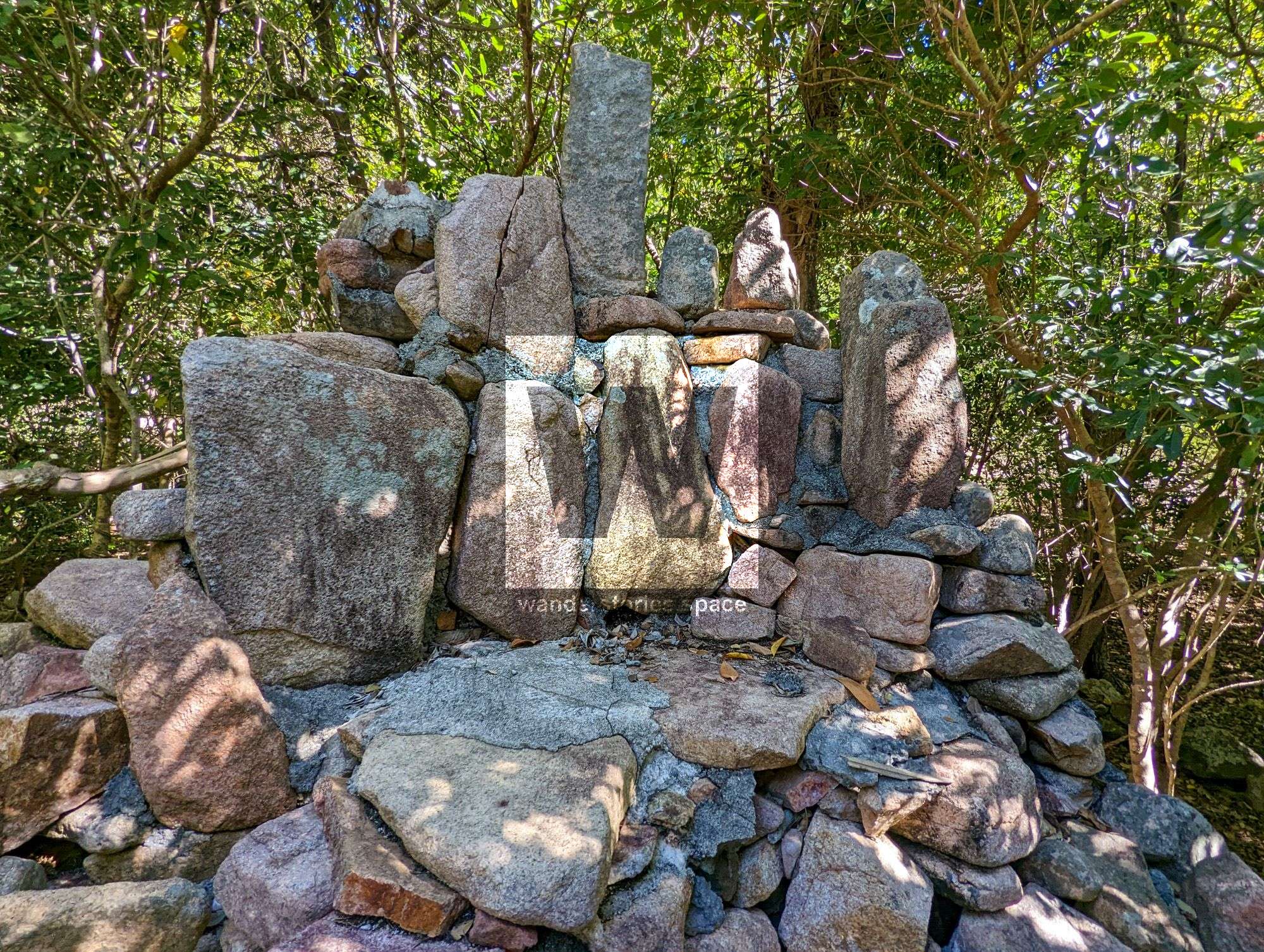
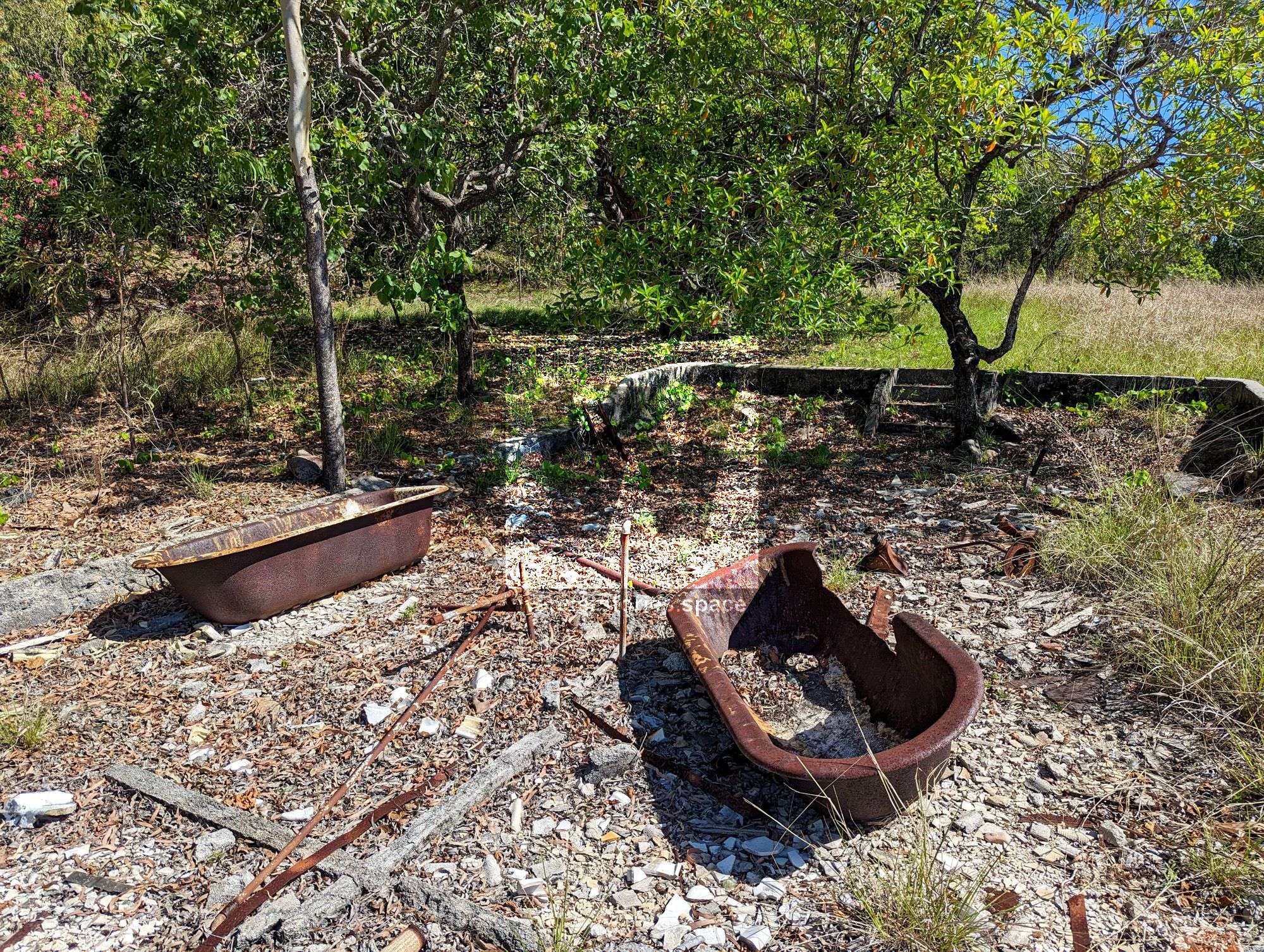
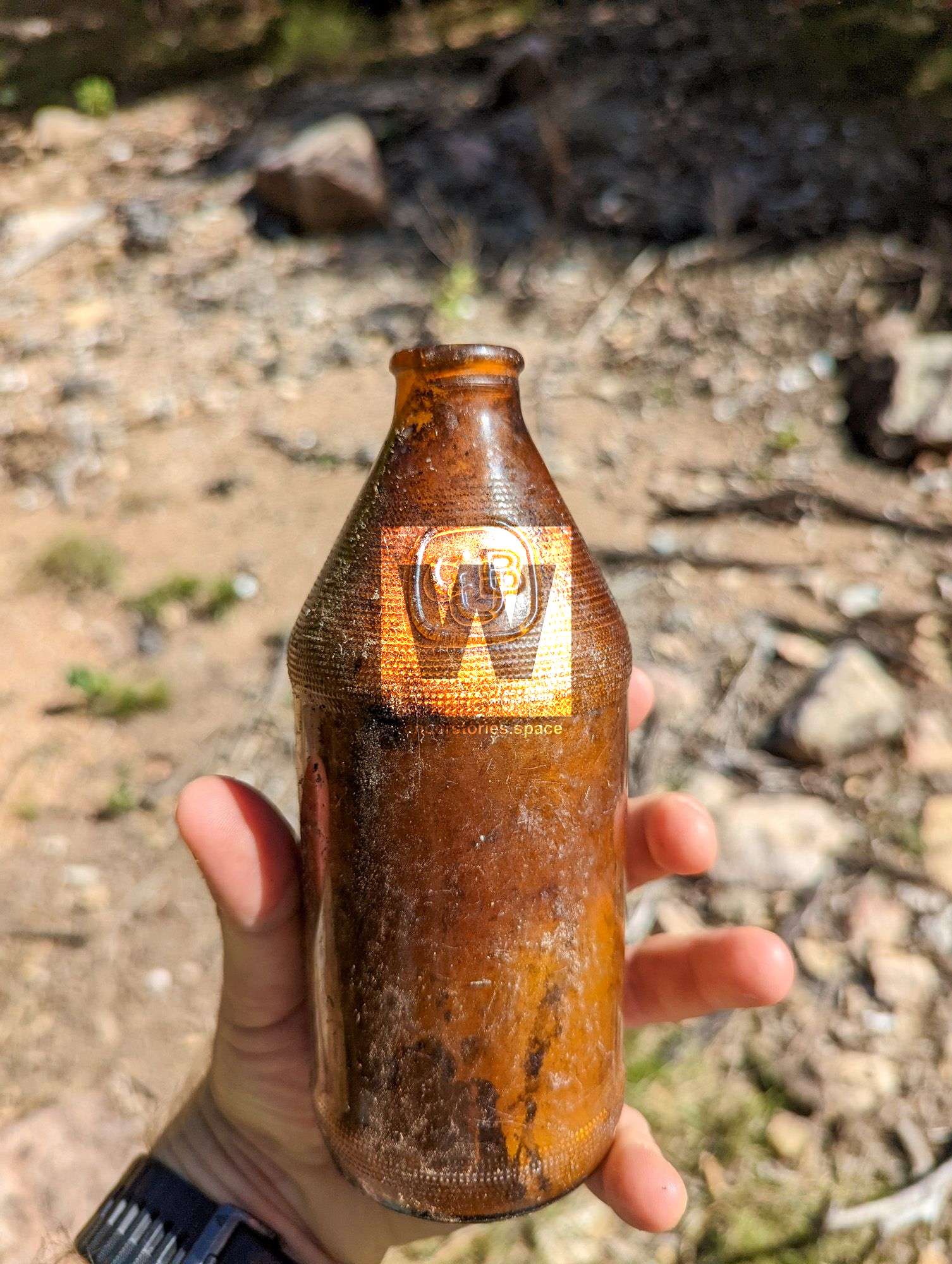
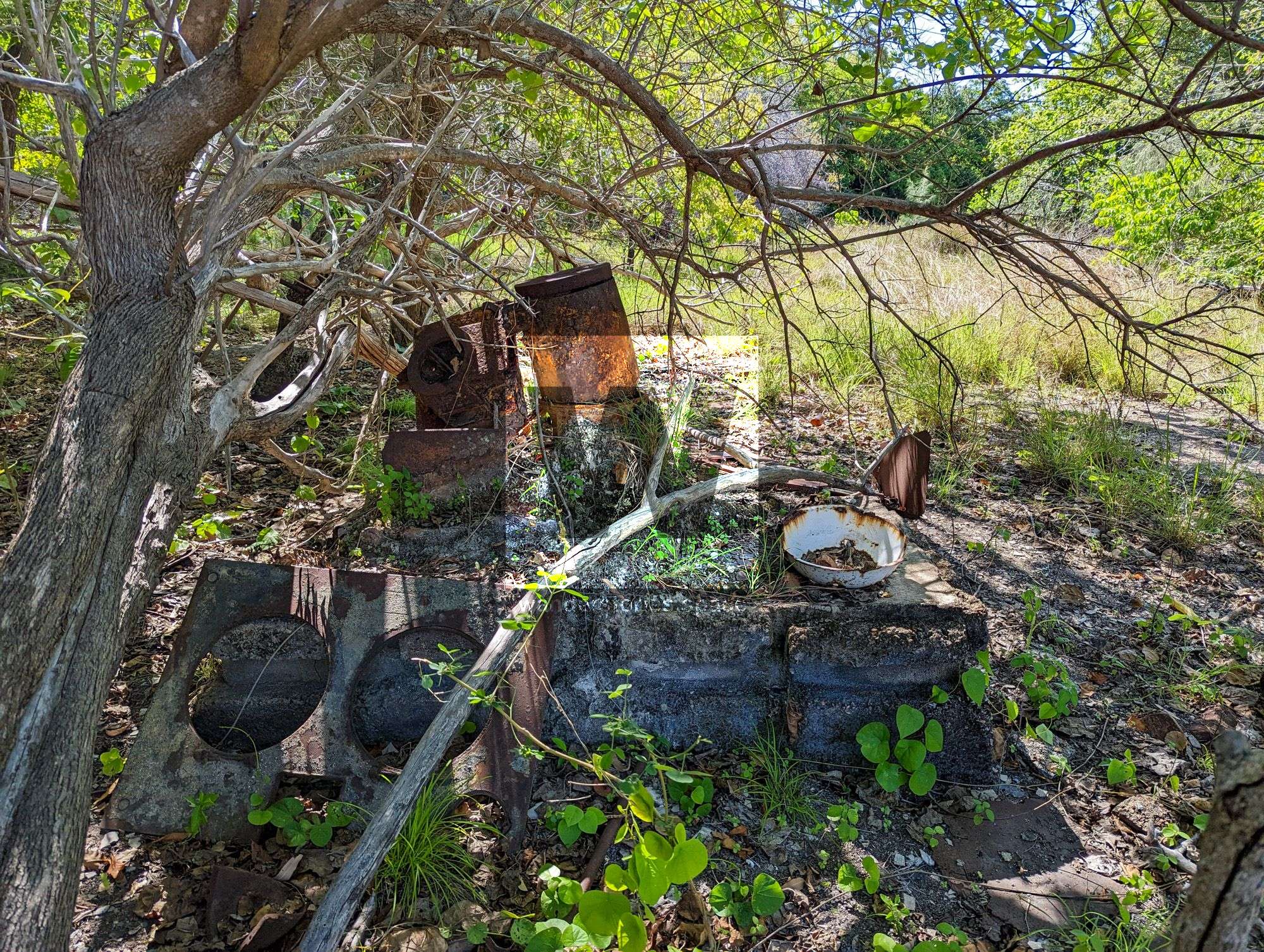
Main Lazaret Pathway
A pathway traverses the island in the low saddle area of the lazaret.
Church
A short distance west of the main lazaret pathway are the ruins of St. Mary's Catholic Church. A sizable concrete platform is among the remnants. The remains include a large concrete pad. A plaque is located inside circular concrete feature atop of a rectangular plinth and is dated 31 May 2010. It honours the people who lived, worked, and died on Fantome Island, including the patients, Sisters of Our Lady Mary of Christians Franciscan Missionaries of Mary, and personnel.
Hospital
53 metres west of the main Lazaret trail are the remnants of the hospital. A low dry stone and coral wall that extends perpendicular to the beach front marks the complex's entrance. The ruins of a stove, refrigerator, and concrete wash tub may be found on one of the concrete pads.
Sisters' Quarters
The ruins of the sisters' quarters are located just to the east of the main lazaret pathway, parallel to the north beachfront. These remnants are close to a small cement construction with a strong roof that may have been used as a meat locker or a fumigation shed.
Visitors' Quarters
Immediately to the east of the sisters' quarters are the ruins of the guests' quarters. To the east of the guests' quarters are a rectangular concrete block with a septic access grate, iron bathtubs, and two water tanks.
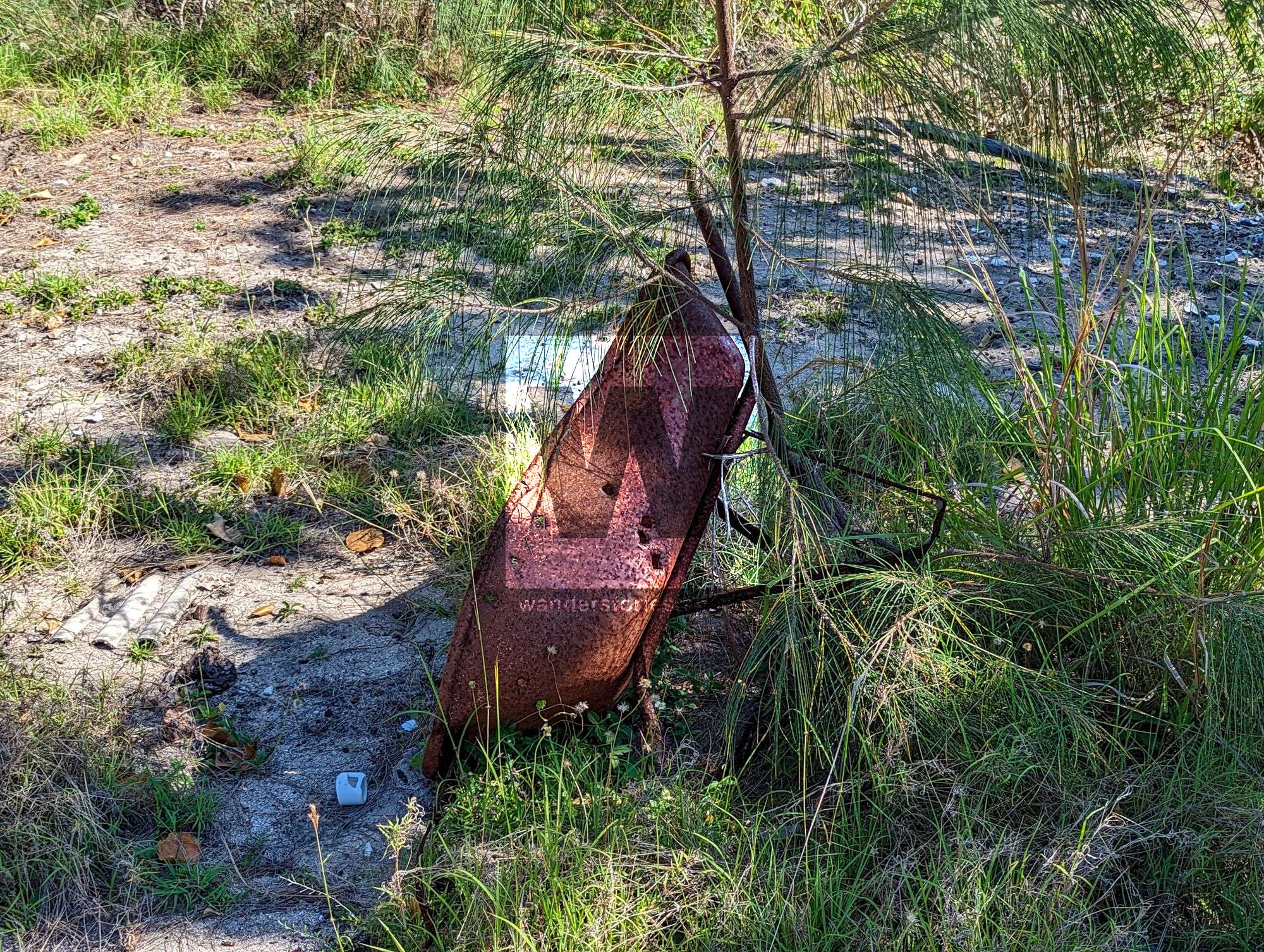

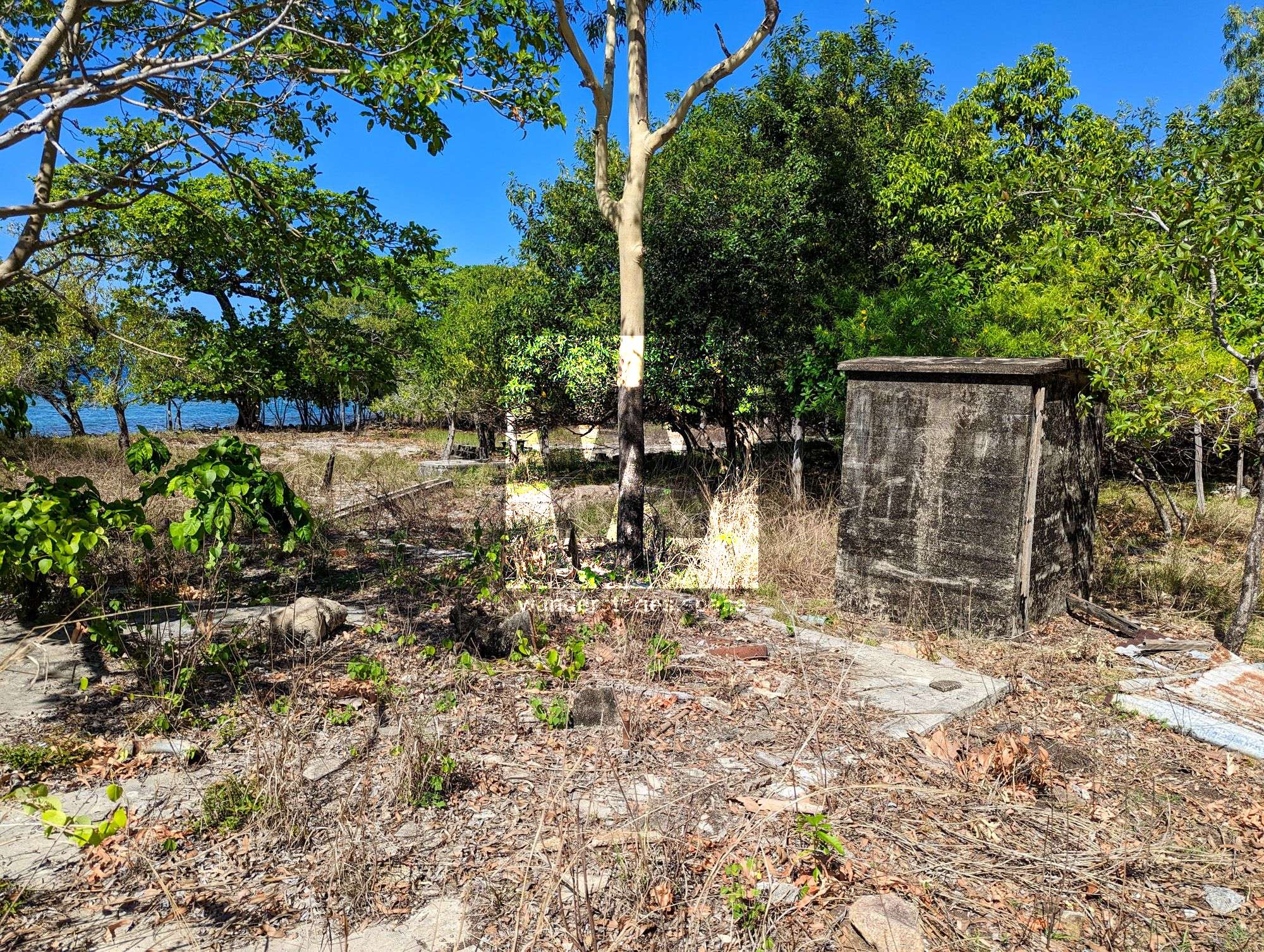
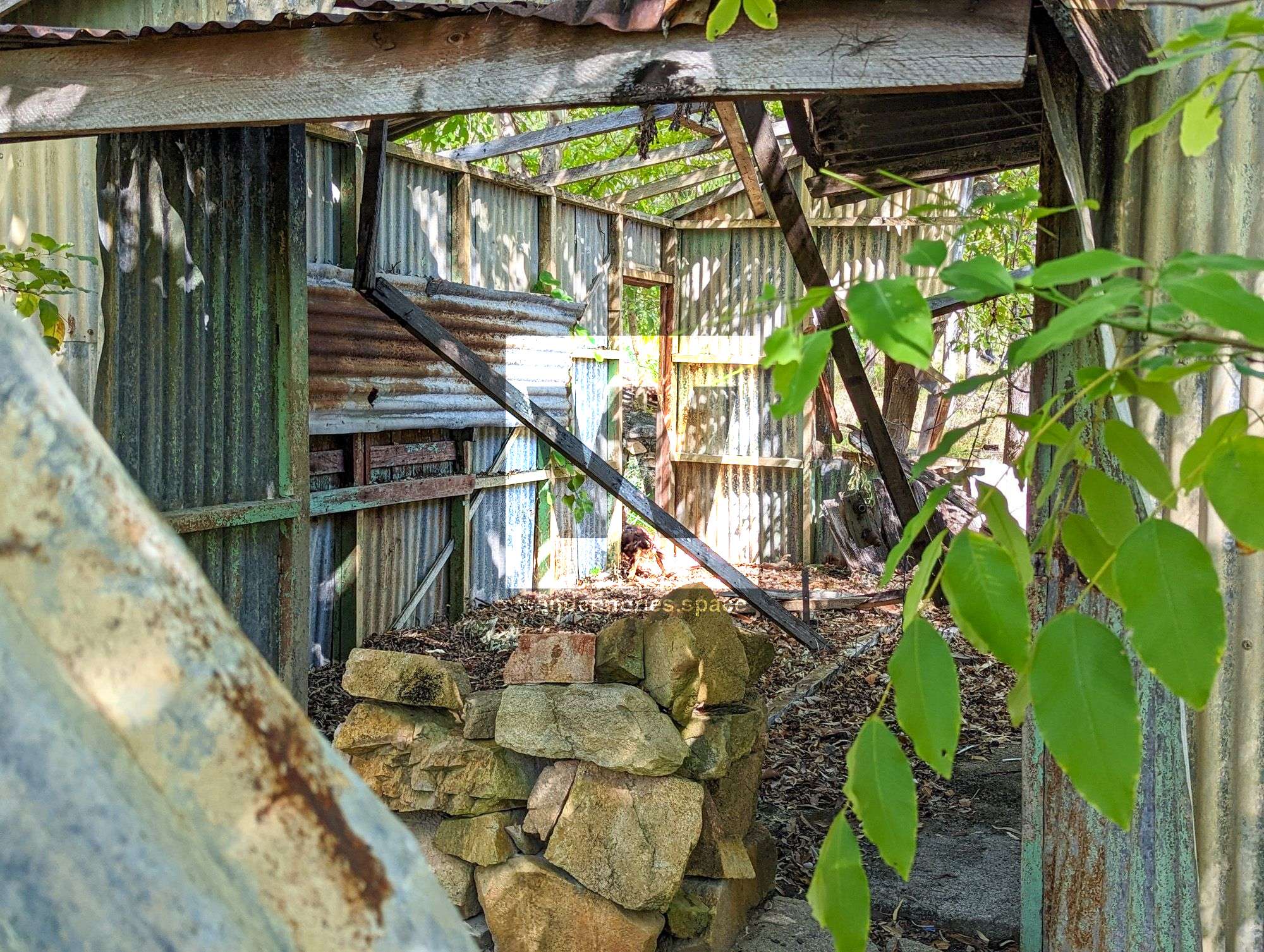
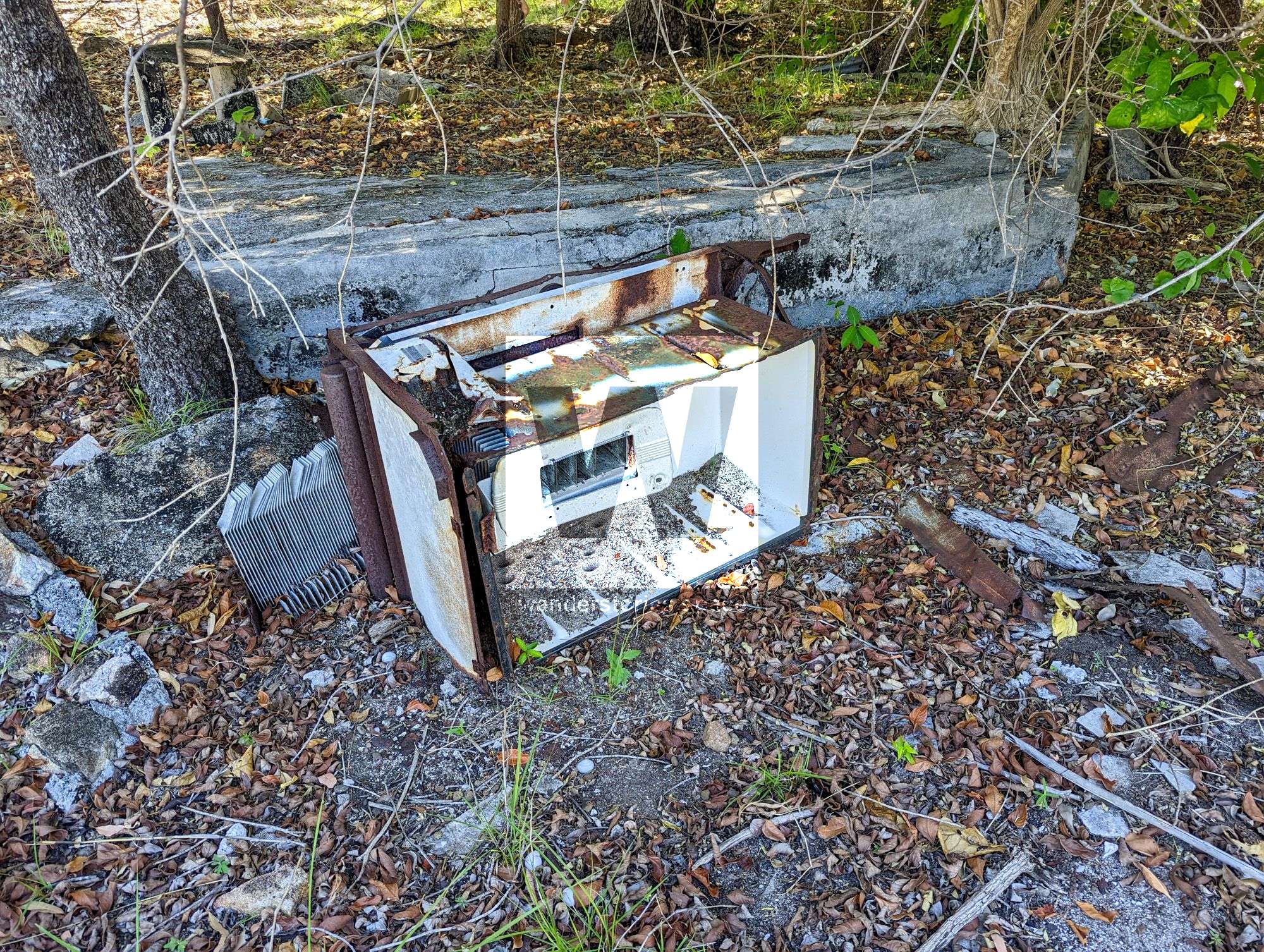

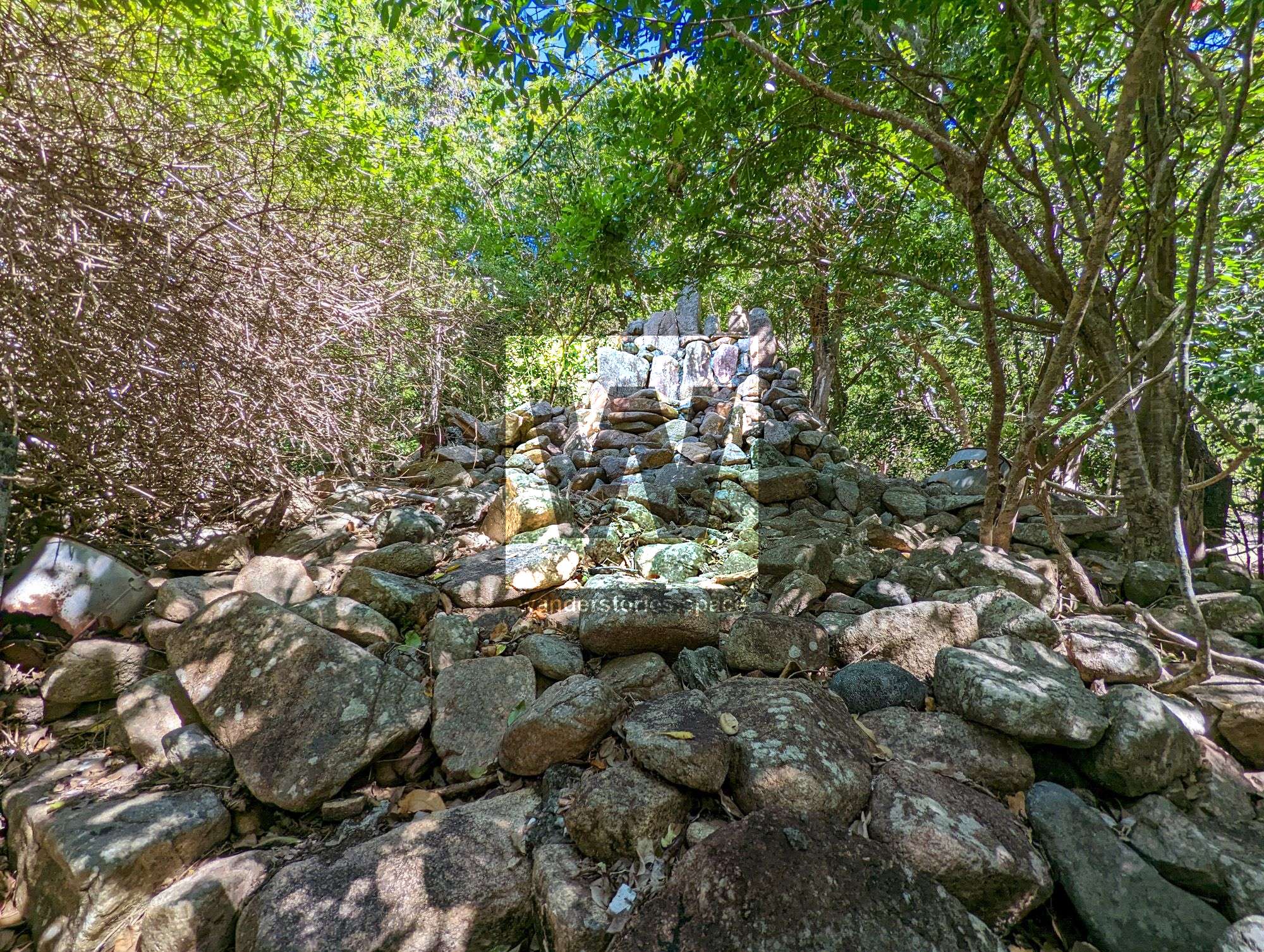
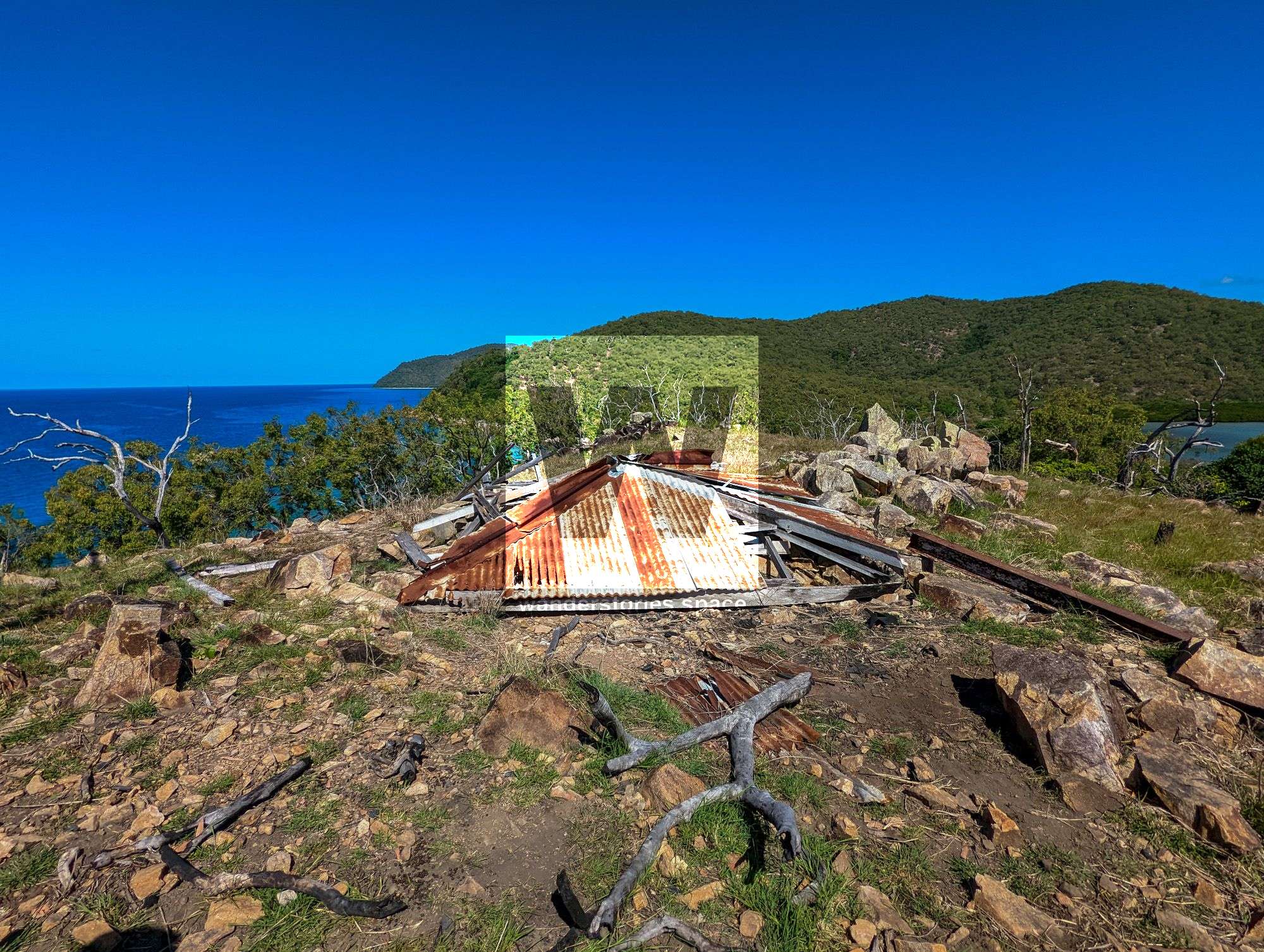
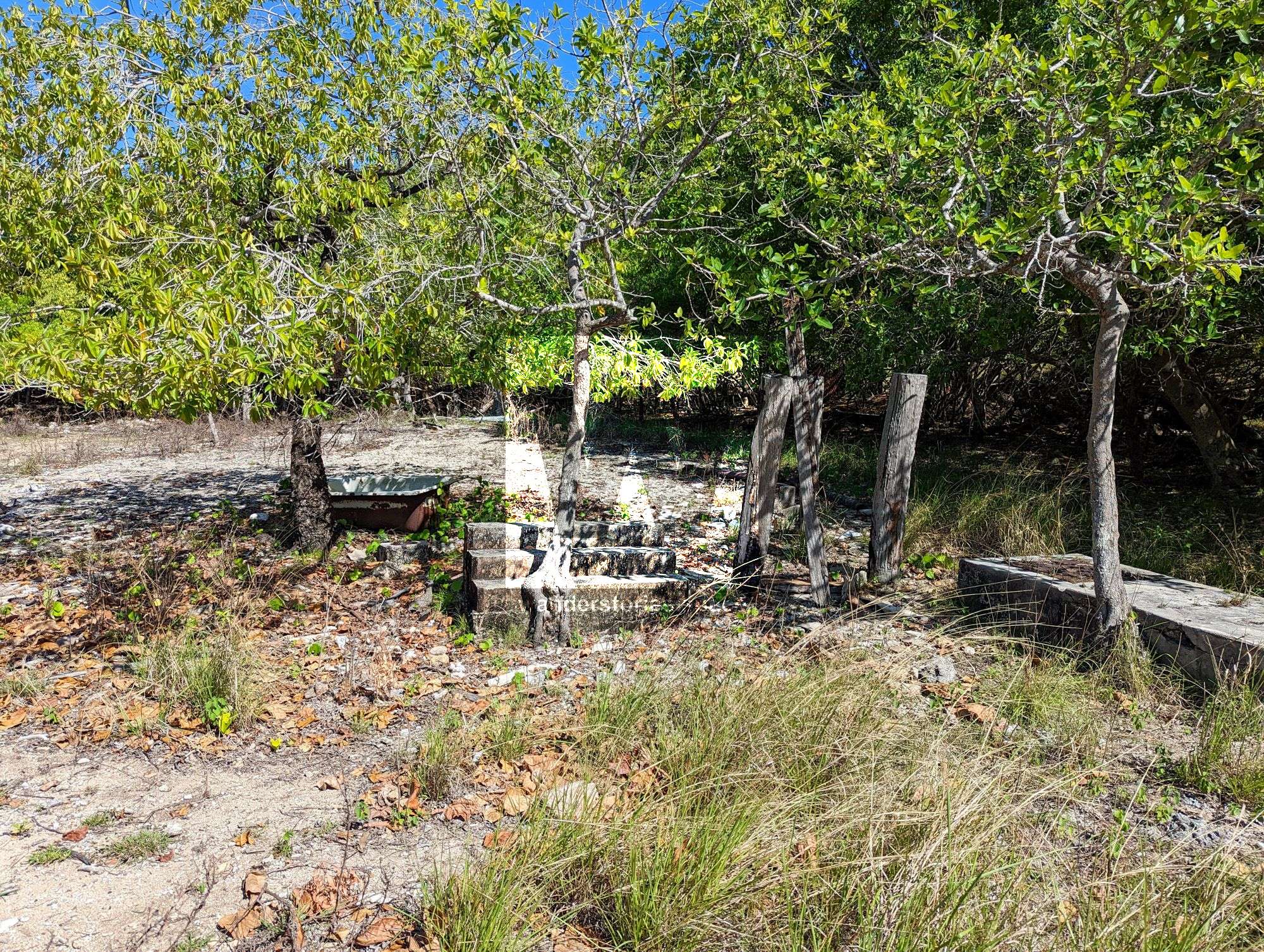
Grotto
The grotto's remnants can be found to the east of the guest quarters. In front of the ruins of the visitor's quarters, a stone-lined path branches off the main route and leads to the grotto. A sizable shrine made of a tall mound of local stone may be found in the grotto.
Palm Island Workers' Huts
The four concrete platforms are 180 metres east of the grotto, positioned north-south at the bottom of a slope. The identically sized concrete platforms are set atop a mound of regional stone. Each platform has a set of three to four steps at its western end and a small square extension at the back that houses the ruins of iron stoves and cooking utensils.
Signal Hut
The ruins of a timber-framed signal hut can be seen 275 metres west-northwest of the main lazaret trail, near to the crest of the hill that looks over the lazaret from the north-west.
Single Women's Quarters
The ruins of the single women's quarters can be seen on the south-west side of Fantome Island's northern peninsula, to the south-west of the main lazaret pathway. Former huts' concrete foundations, communal kitchens, a pharmacy, restroom and shower facilities, and a laundry facility make up the site.
Supply Centre and Surrounds
The ruins of numerous buildings that made up the lazaret's supply centre may be found towards the southern end of the main lazaret pathway. The supply centre complex is made up of many attached concrete pads that house a butcher shop, office and store, sewing room, oil room, and open-air movie theatre.
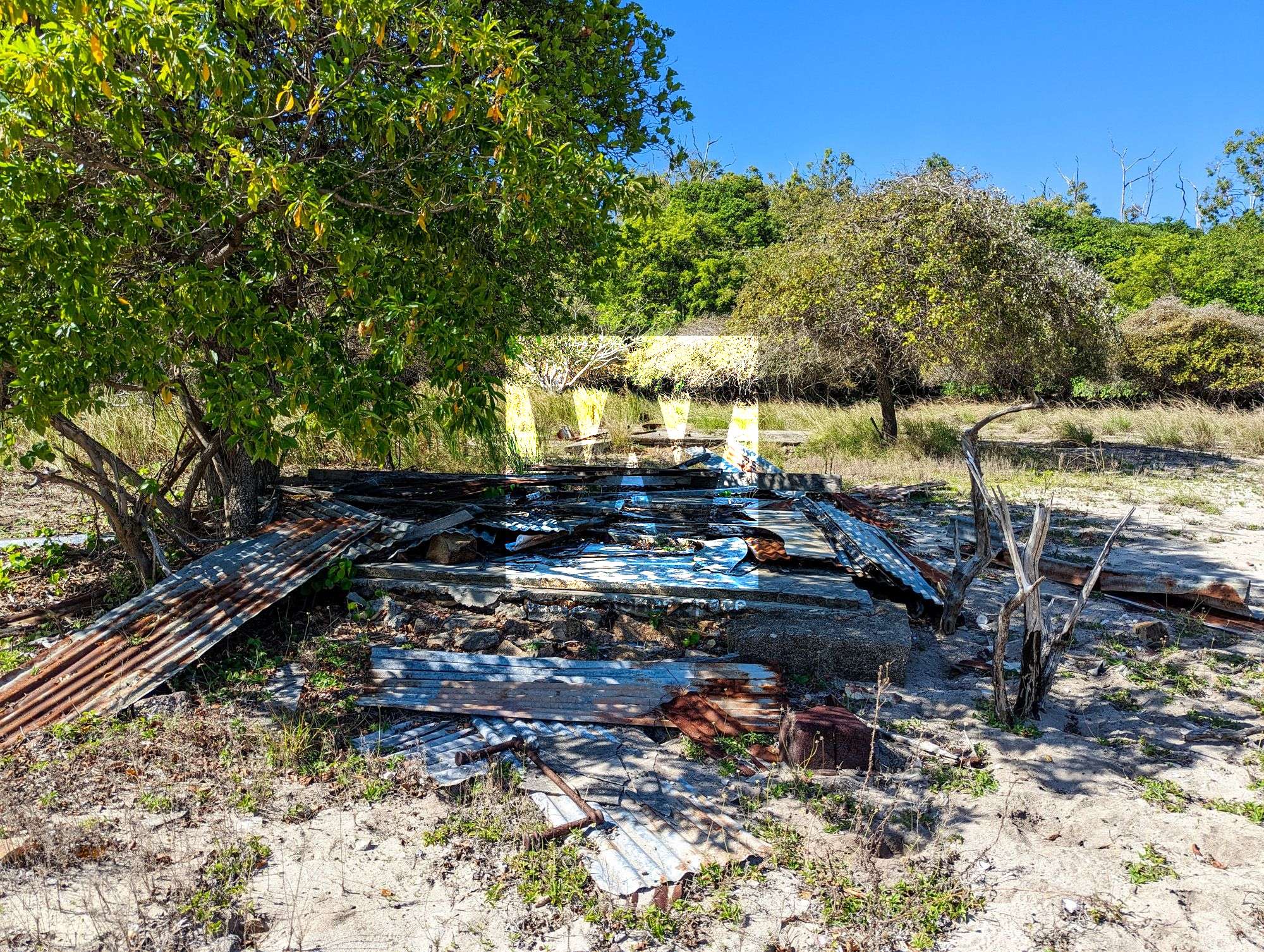
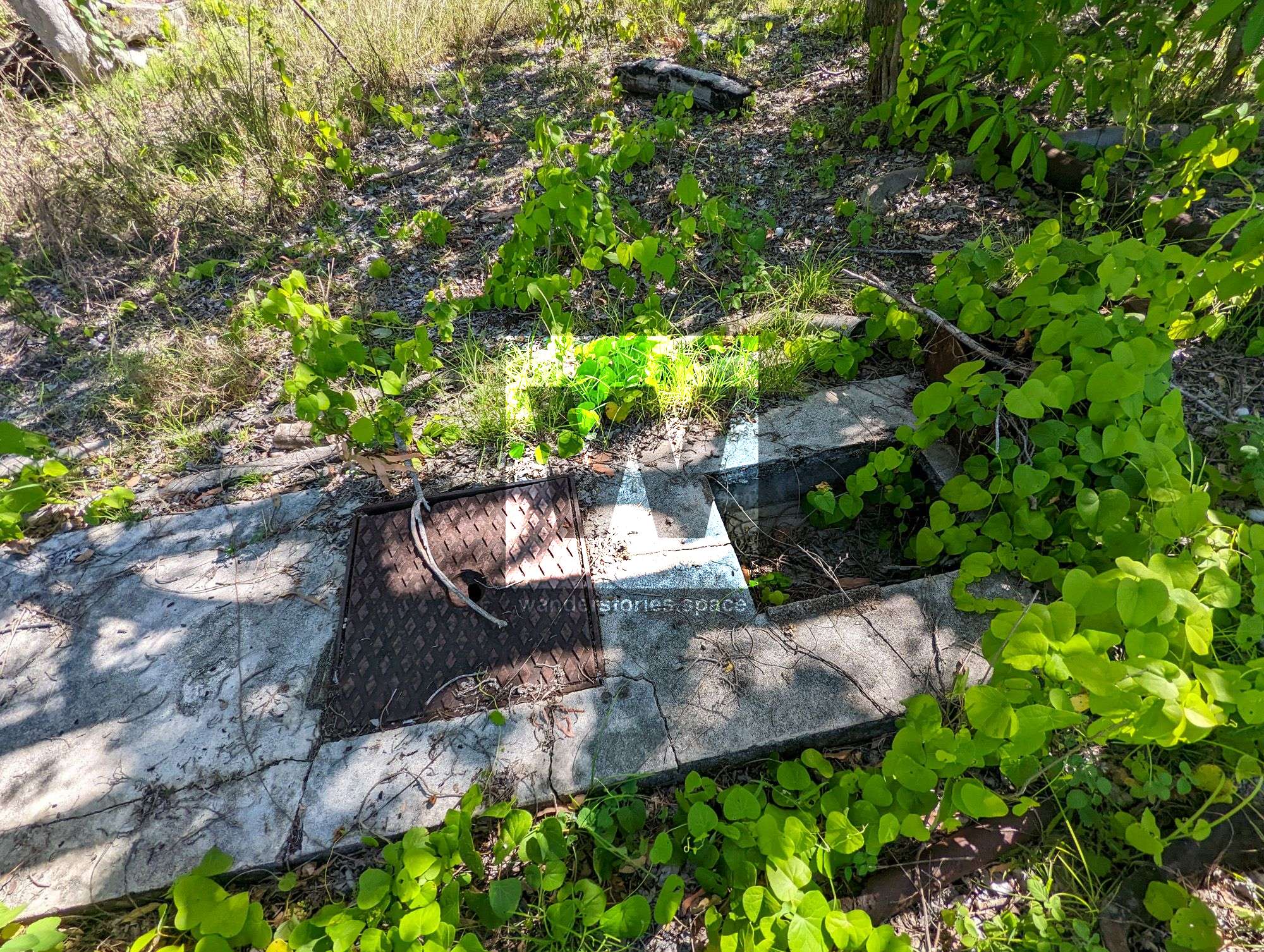
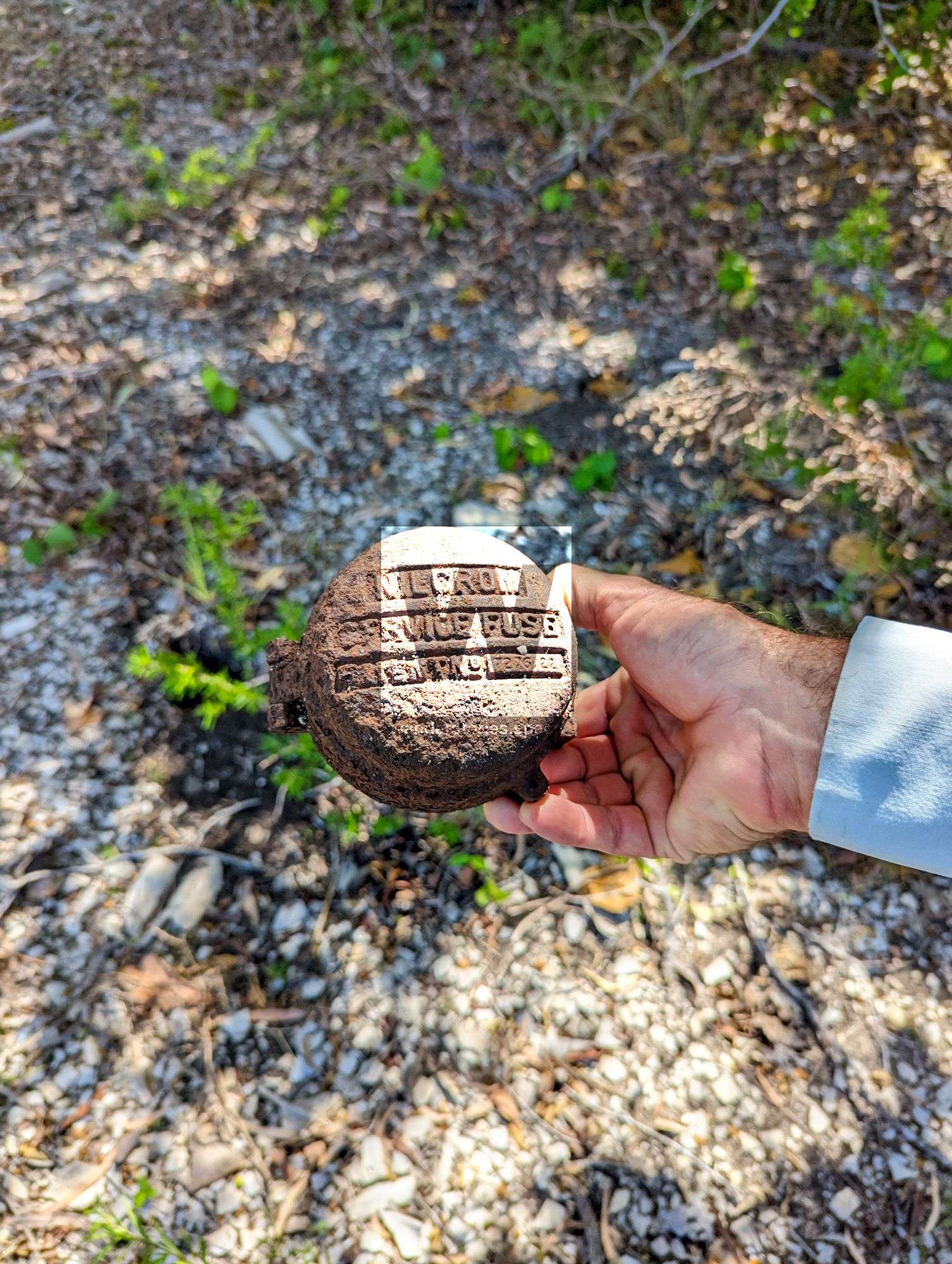
Palm Island Workers' Dining Hut
A substantial portion of an existing timber-framed structure on a stone and concrete pad is located 50 metres to the north-east of the supply centre complex. In the lean-to, a repurposed iron stove top has been used to create a temporary stone fireplace. A concrete pad that resembles an old generator room is located next to the workers' dining tent on Palm Island.
Overseer's Quarters
On rugged, steep terrain, directly north of the supply centre and the single men's quarters, are the remnants of the overseer's quarters.
Reservoir 1
Directly north-east of the overseer's quarters are the remnants of a reservoir.
Water Tanks and Reservoir 2
On rocky, steep terrain above the single men's quarters and supply centre and to the east of the overseer's quarters are the remnants of a second reservoir and two water storage tanks.
Single Men's Quarters
To the south-east of the supply centre complex and the single women's quarters, on mostly level, cleared land, are the single men's quarters. There is a track that connects the supply centre in the north-west and the single men's quarters.
Married Quarters
The married quarters, which consist of huts, a community kitchen, a garden area, cess pits, a midden, and general laundry buildings, are situated right next to the single men's quarters.
Pump House and Lazaret Well
Remains of many wells and pumping machinery can be found 160 metres east of the married quarters along a tiny creek line.
Lazaret Cemetery
The cemetery is situated 60 metres from the married quarters on the southern bank of a tidal creek. The cemetery is surrounded by water on its northern and eastern sides and is situated within a narrow bend of the stream. There are 120 marked graves in all.
Wilfred and Rachael Obah's Cottage
The incomplete remains of a small structure can be seen 200 metres south of the Lazaret cemetery, at the southernmost point of the mangrove zone.

Lock Hospital
The centre region of the island is where the lock hospital is situated. The ruins of the lock hospital span both sides of the island, much like the lazaret complex. On the eastern side of the island, close to the eastern beach, are the remnants of the administrative building, which also included the hospital. Living quarters and a cemetery are among the additional components that are situated close to Juno Bay on the western side. A small saddle region provides access across the property and divides the complex's eastern and western components.


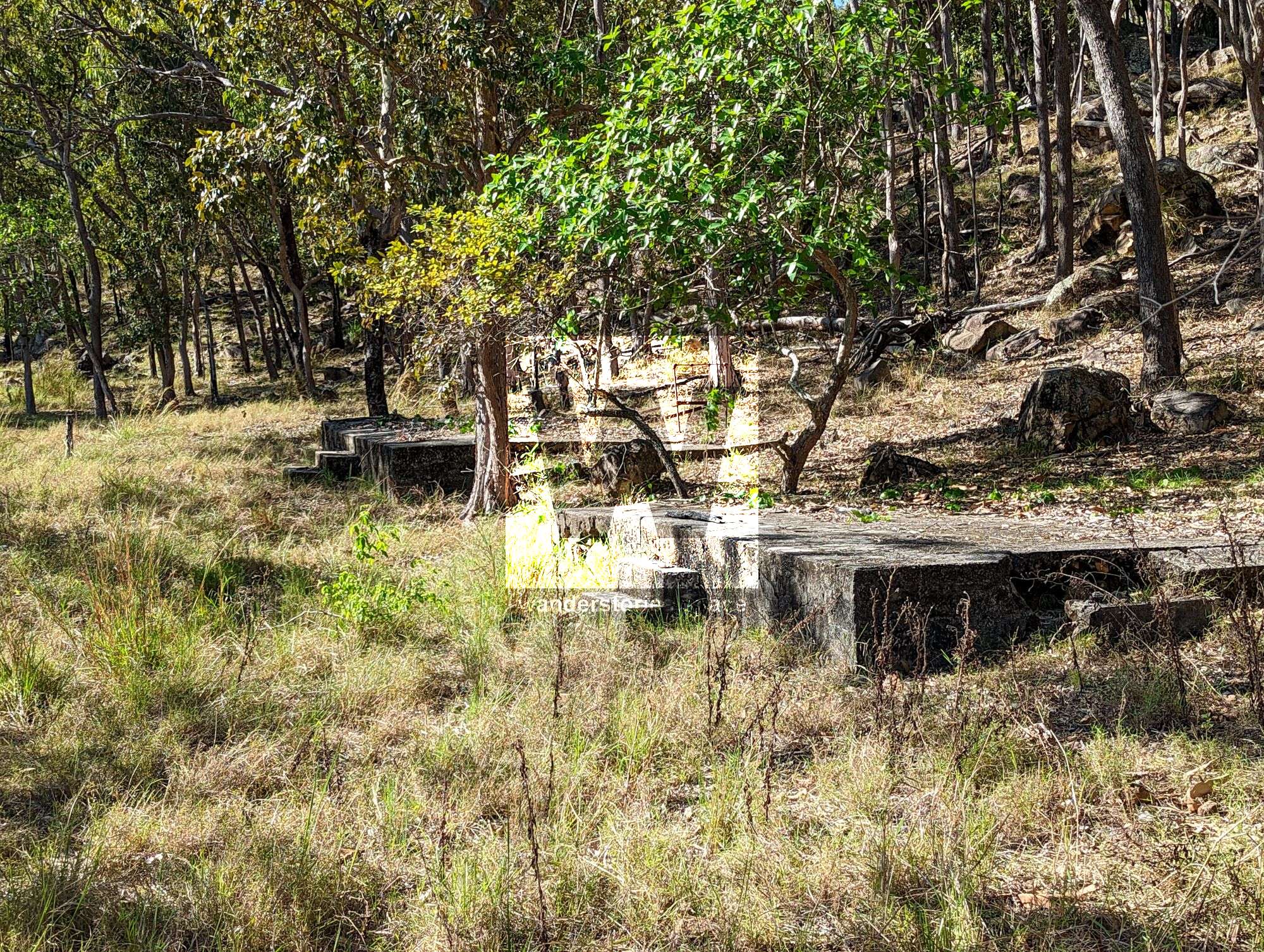
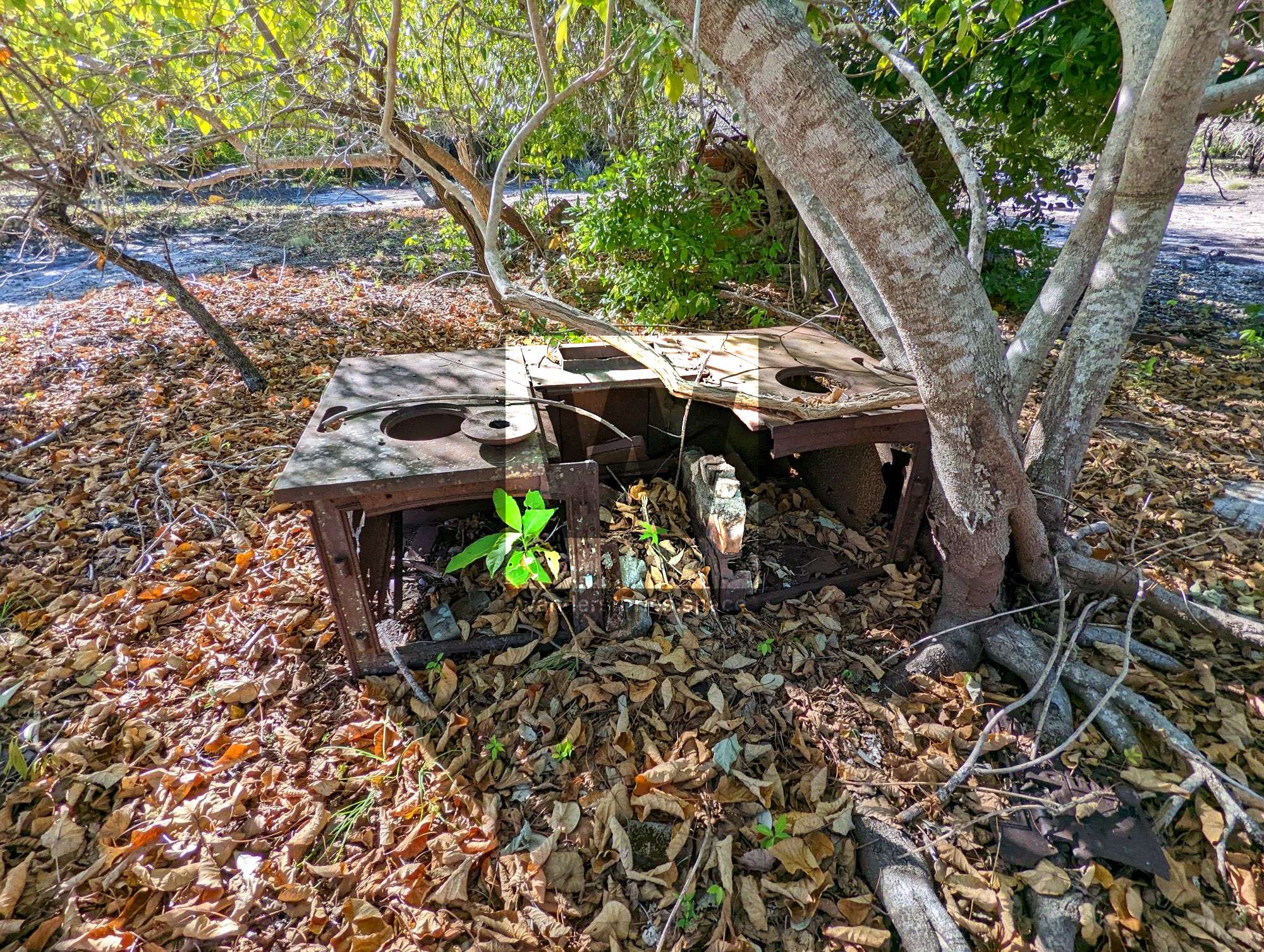
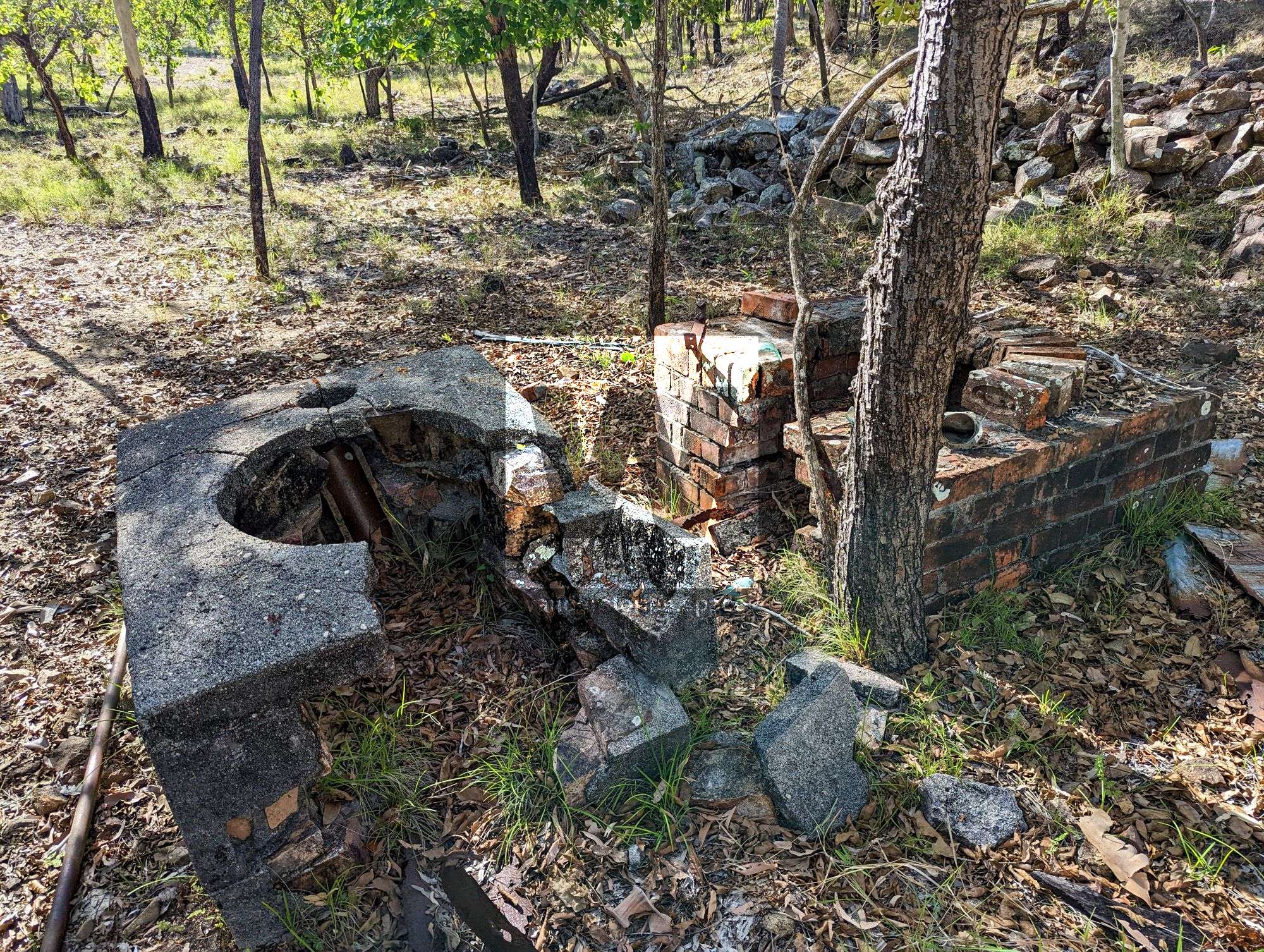
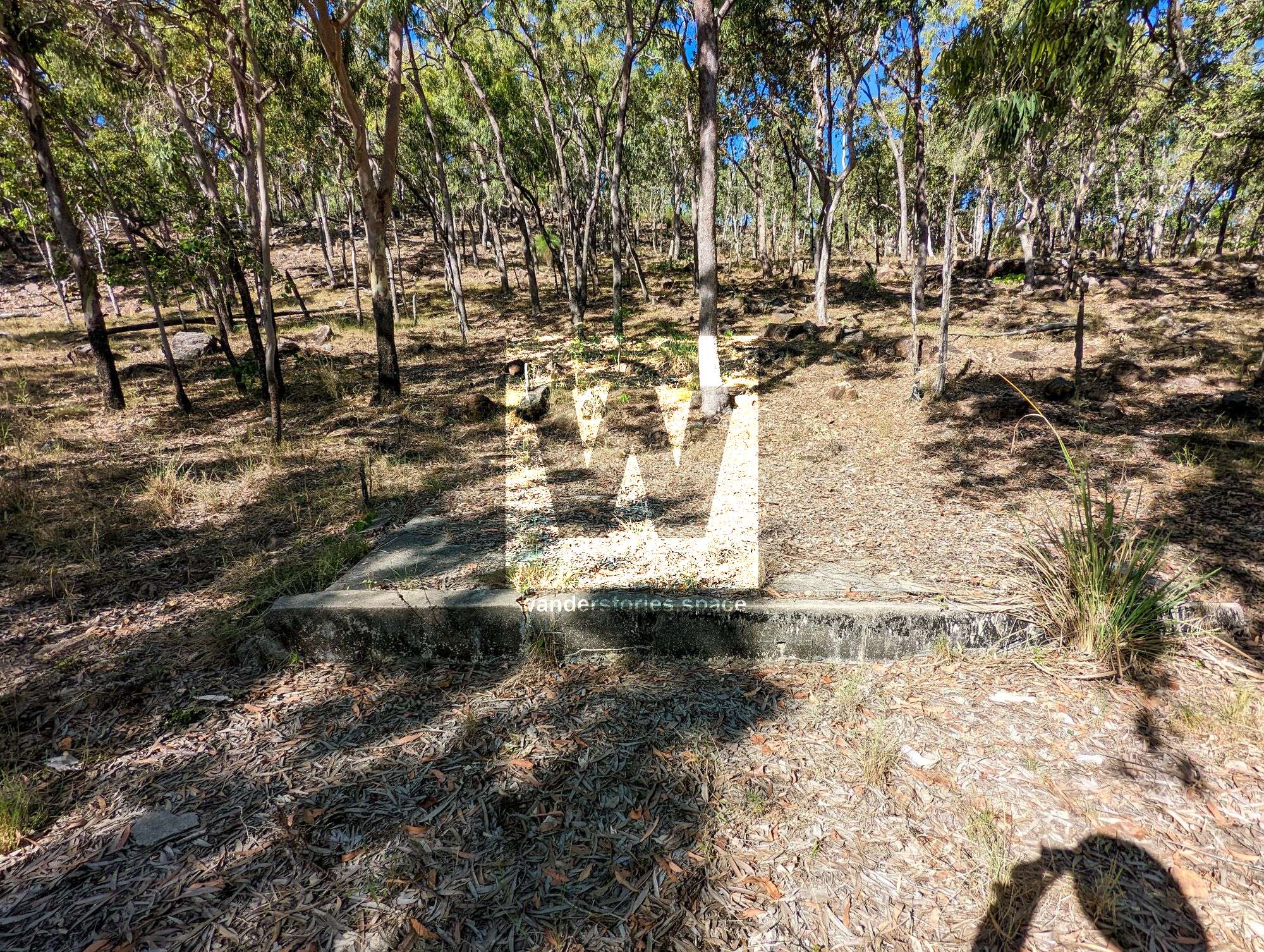
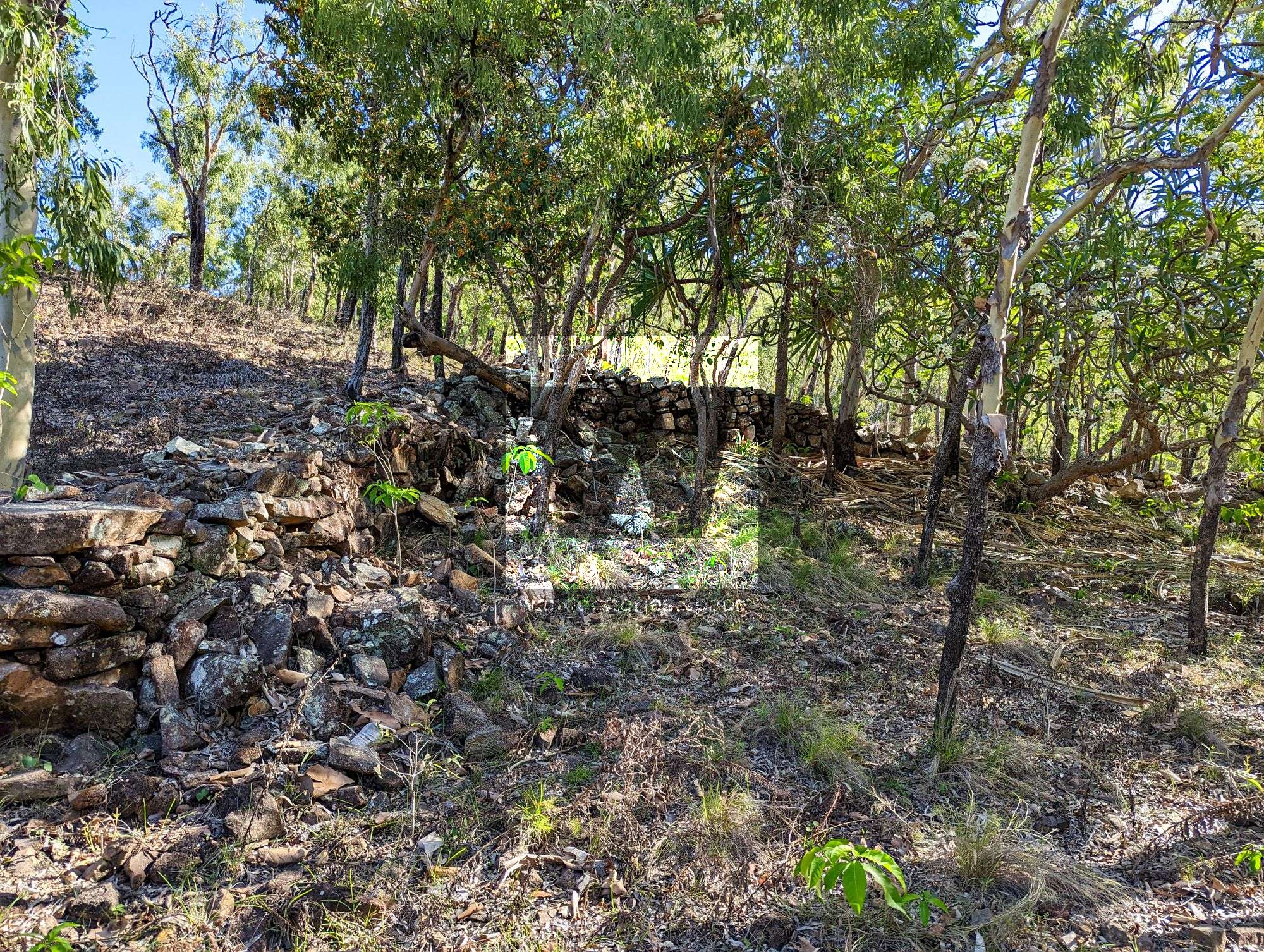
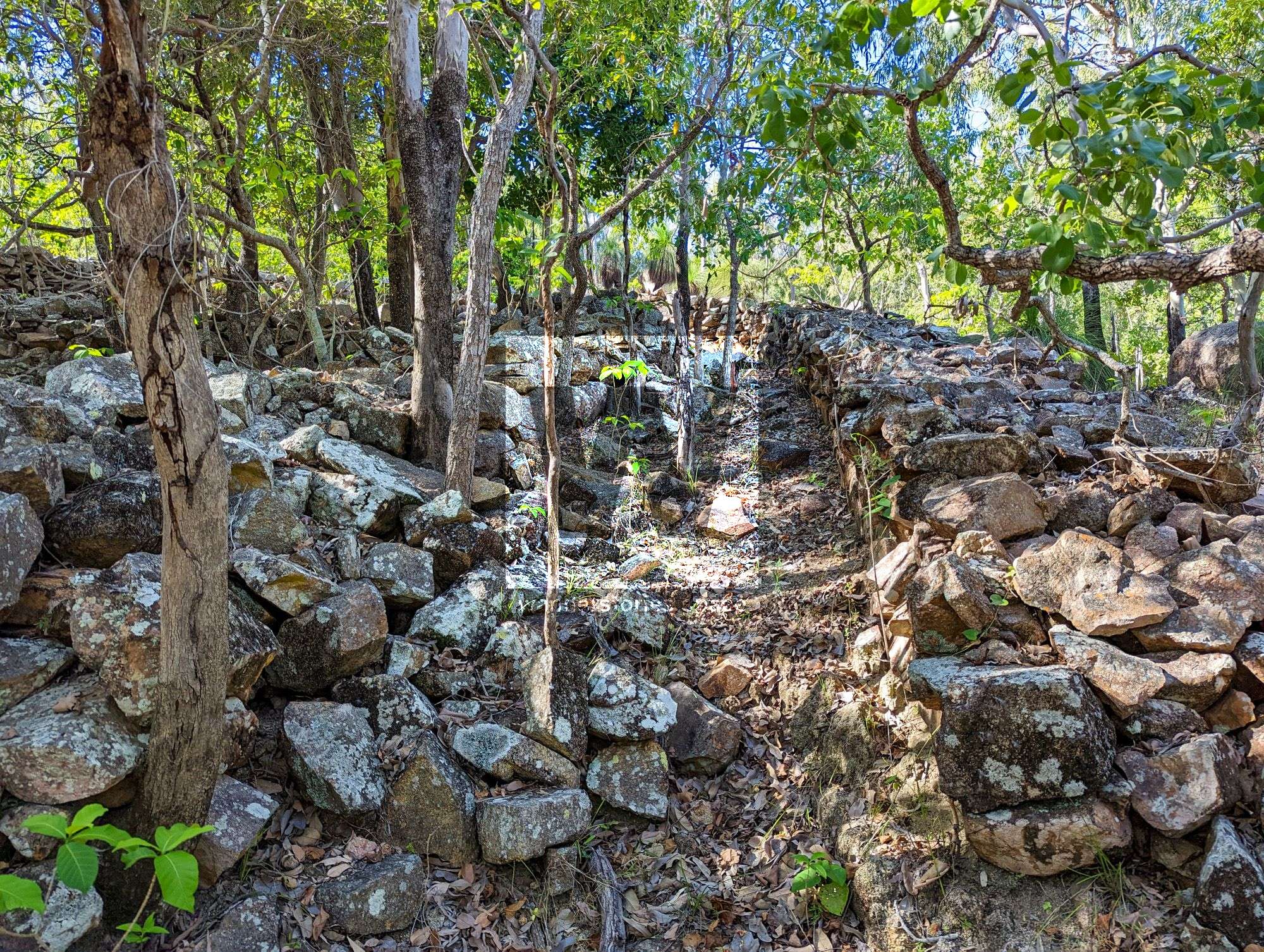
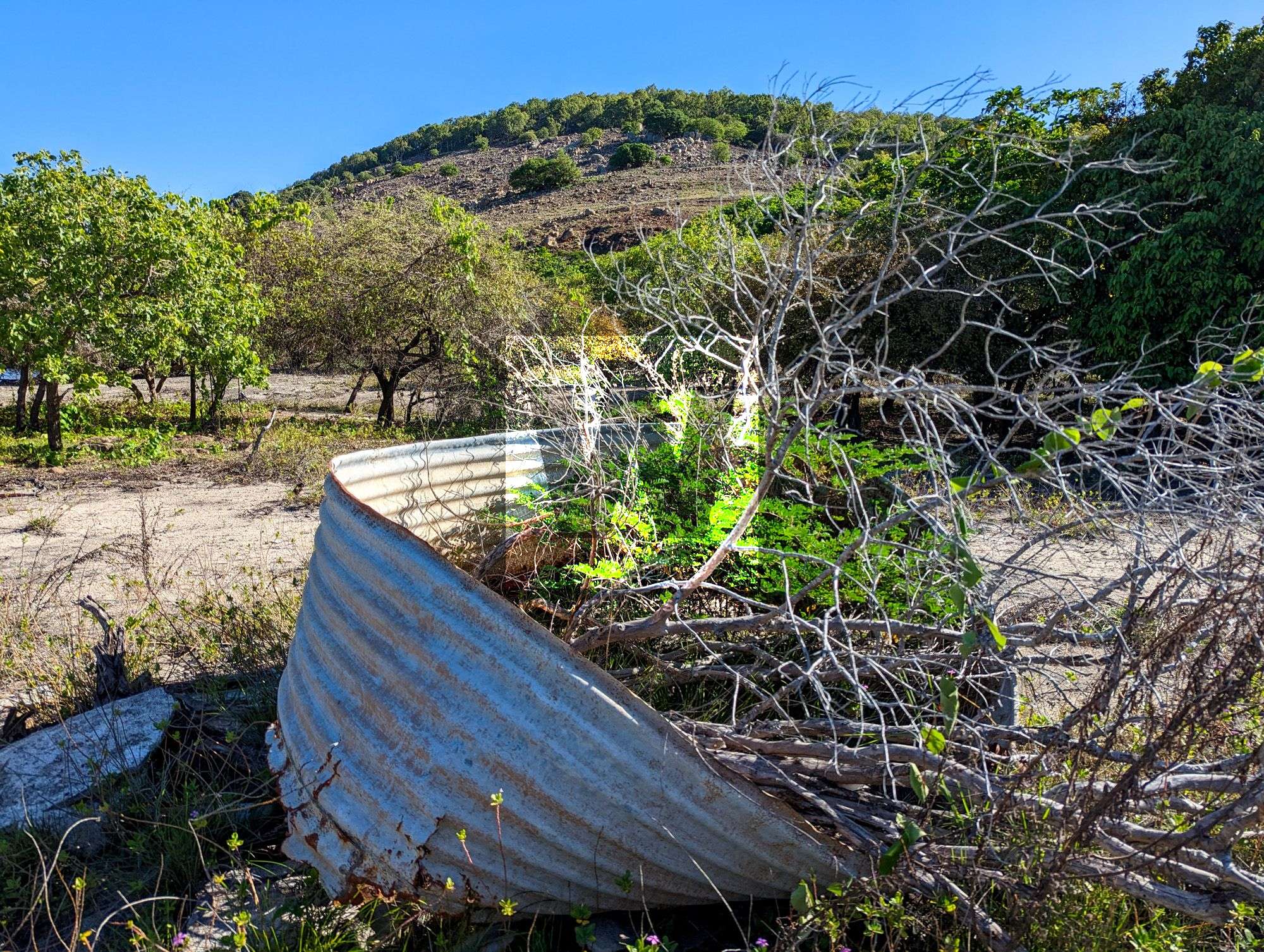
Hospital Complex/Eastern Beach
A low coastal flat with a nearby sandy beach makes up the eastern beach area where the hospital complex is situated. Remains of buildings, including concrete building pads of various sizes, concrete spoon drains, wood stumps, and water tanks, are among the artefacts from this complex. The area is also traversed by a network of stone-lined paths. A concrete plinth, an engine block base, brick furnace remnants, and the ruins of an iron oven and stove are among the other interesting elements.
Central Ridge
Between the eastern beach and Juno Bay (western beach) sections of the lock hospital site lies the middle ridge area. A saddle ridge runs through the area, about from north to south. A series of dry stone walls, the remnants of the superintendent and assistant superintendent's rooms, a cairn, and a reinforced concrete reservoir are among the archaeological features.
The potential superintendent's quarters are situated 150 metres north-northwest of a rectangular reinforced concrete reservoir. The northernmost point of the saddle area is where the reservoir is located, high up in a narrow gully.
Lock Hospital Married Quarters
At the base of the saddle and ridge's western slope are a group of twelve raised concrete pads that once served as cottages. Metal, bottle glass, and pottery fragments are examples of artefacts.
Lock Hospital Cemetery
On the Juno Bay side of the Island, 80 metres to the south-west of the lock hospital married quarters, is the lock hospital cemetery. Four graves are plainly recognised on the site, and there may be another six unmarked graves as well.
New Farm and Inland Pads
A sizable region that is sparingly treed, has low grasses, and has soils that range from black loam to sandy is found right west of the complex of dry stone wall enclosures. In the south of this region is a modest complex made up of four concrete pads. The largest and most southern concrete pad has sharp slots on the pad edge that housed wall frames, providing useful details on the methods used to build the now-missing timber wall structure.
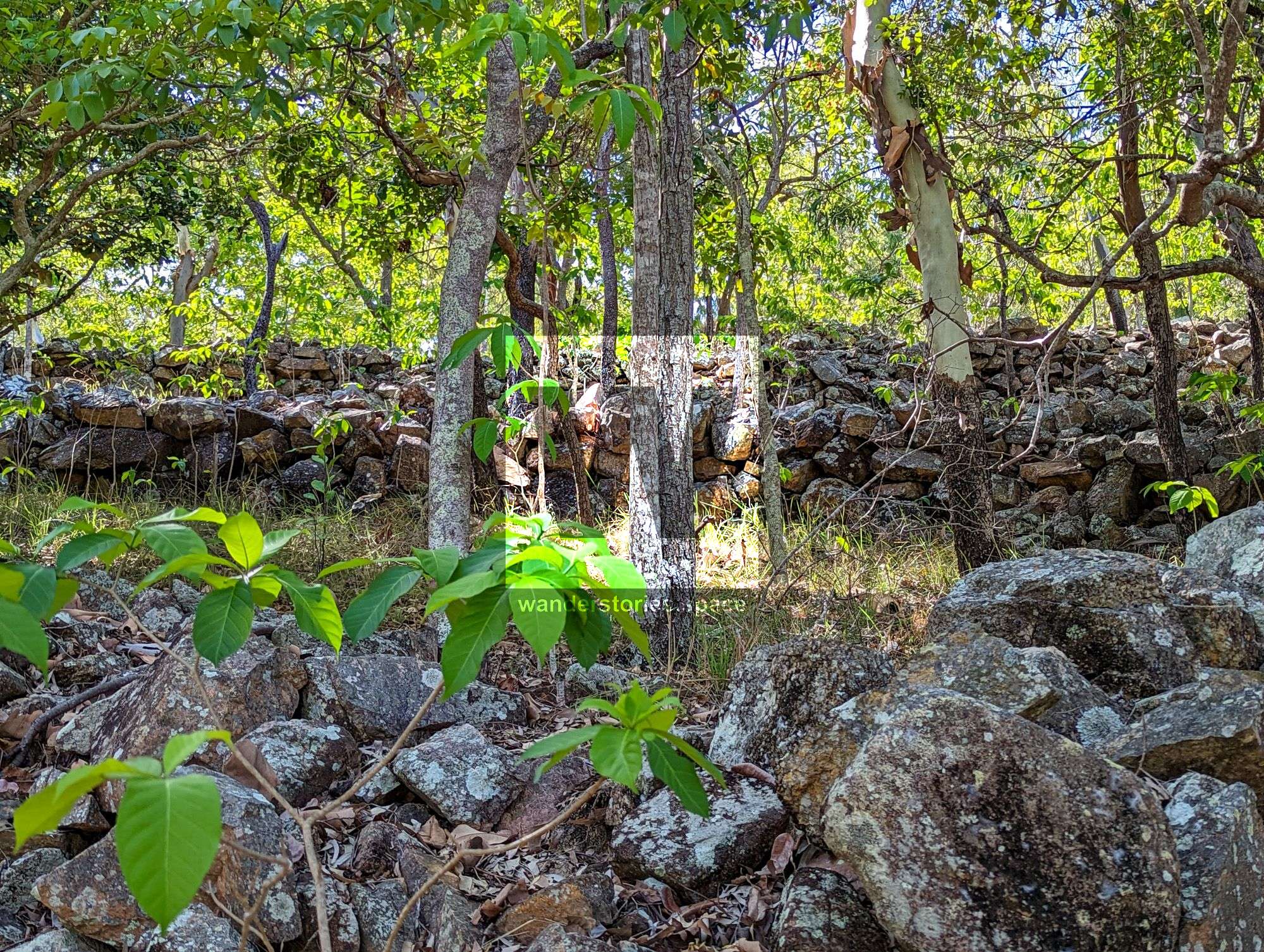
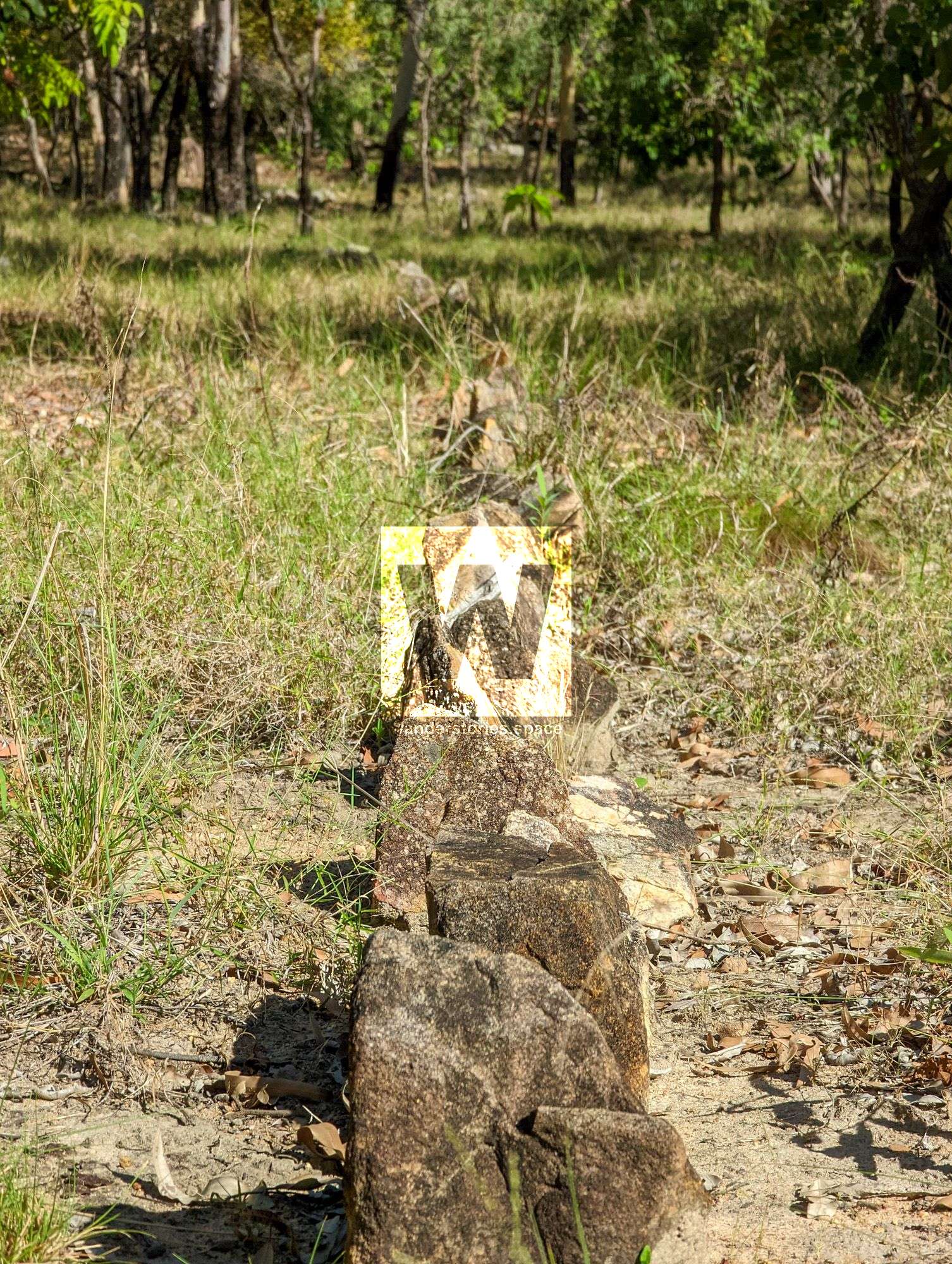
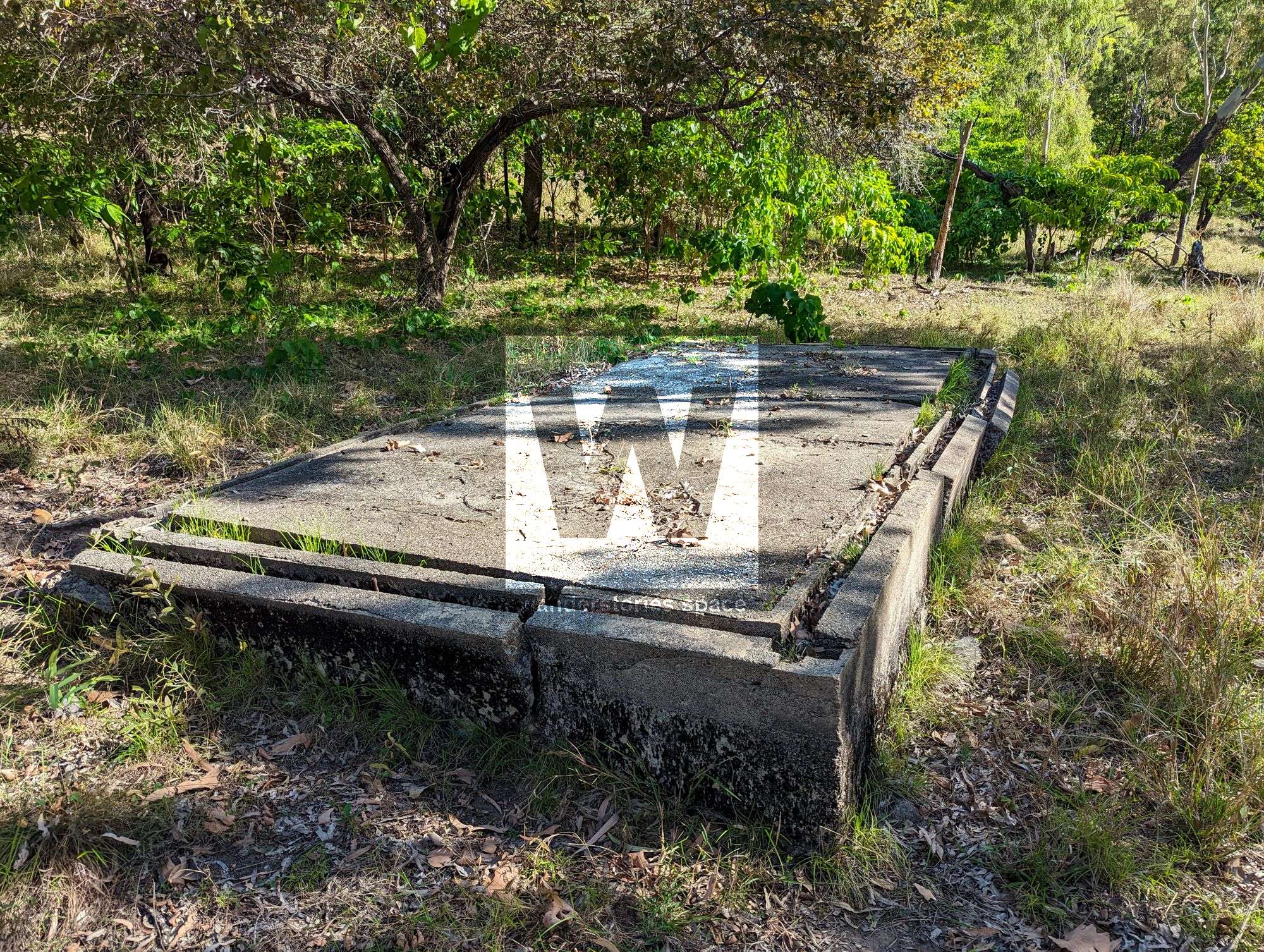


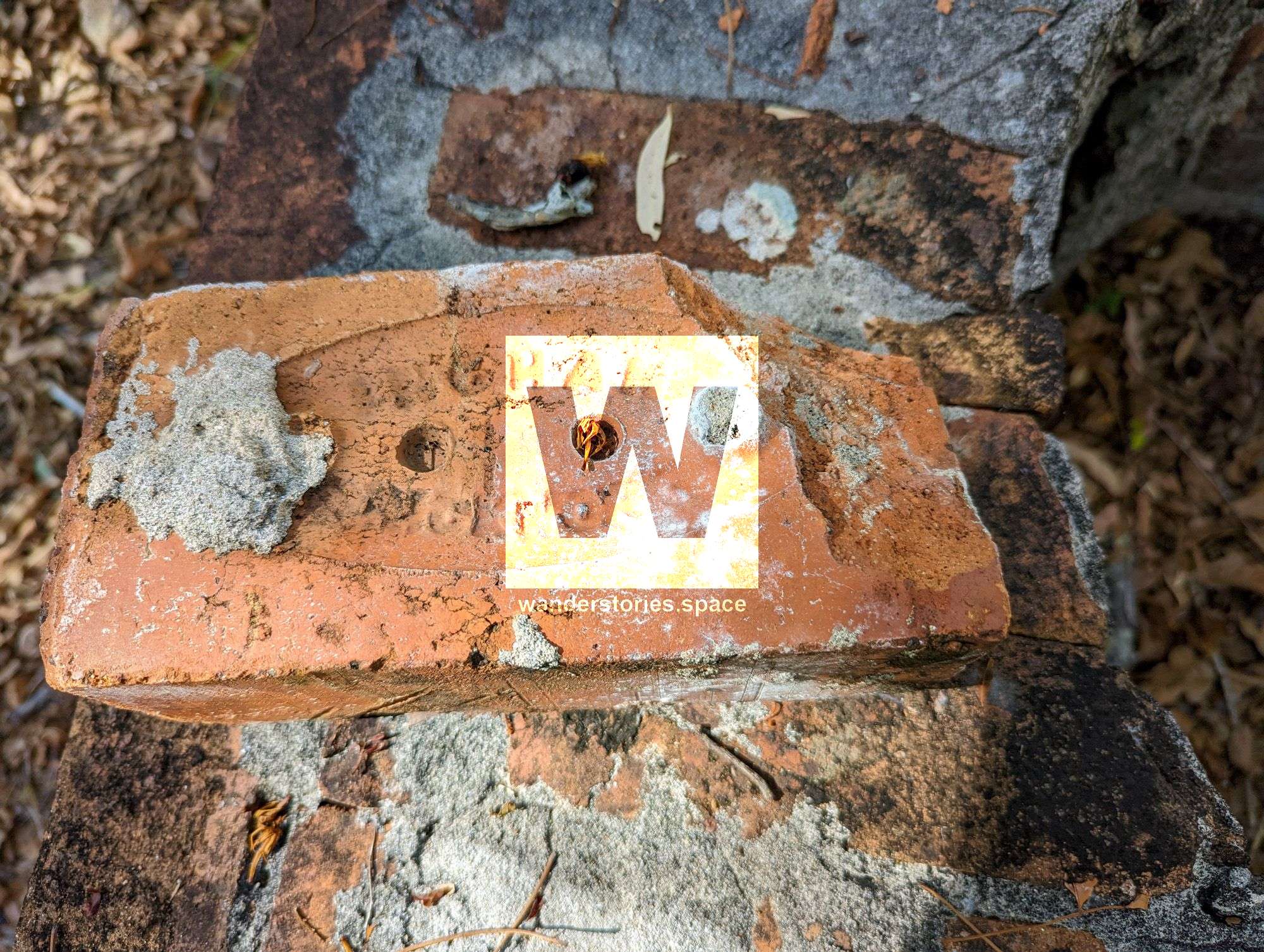
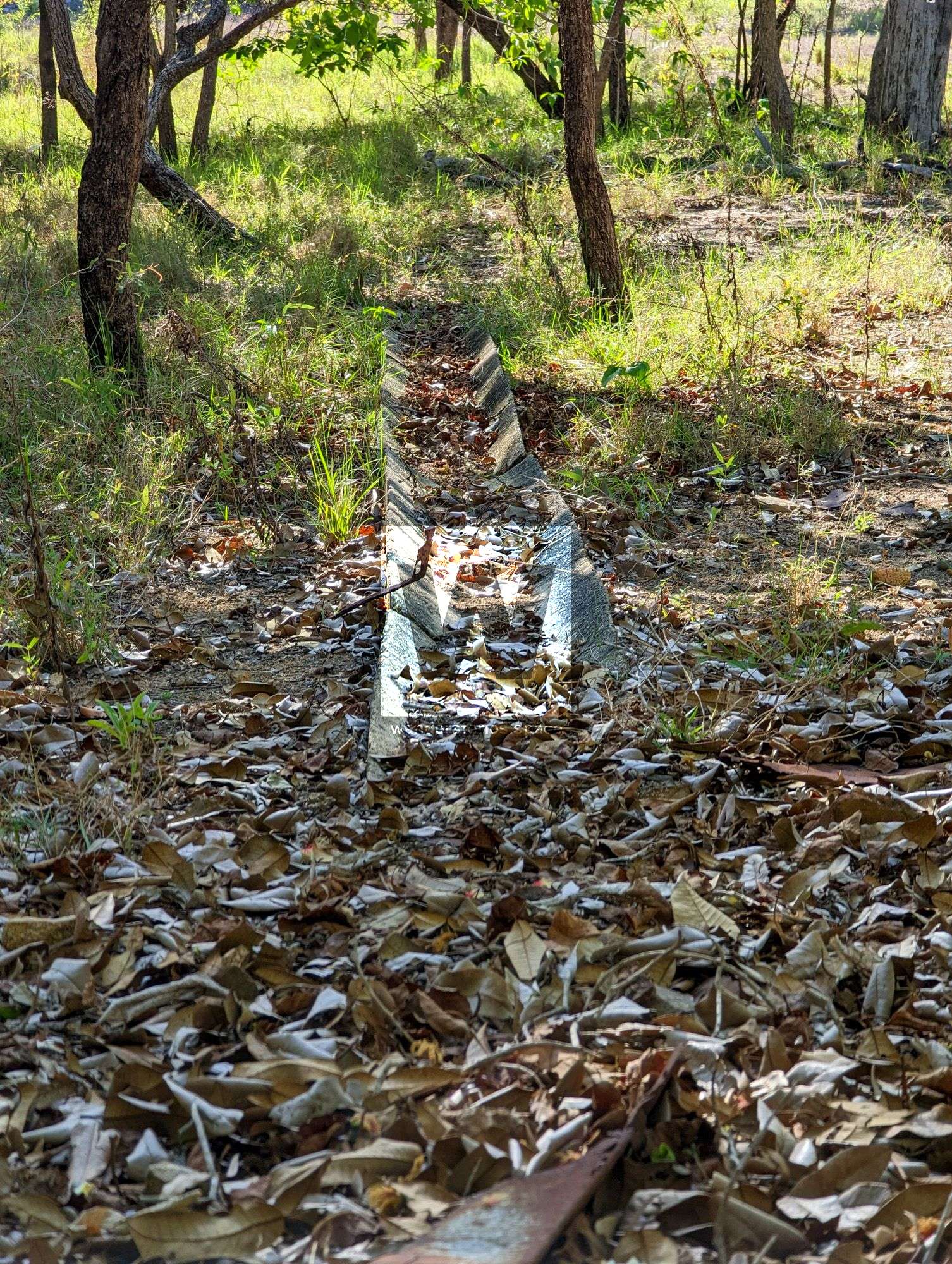
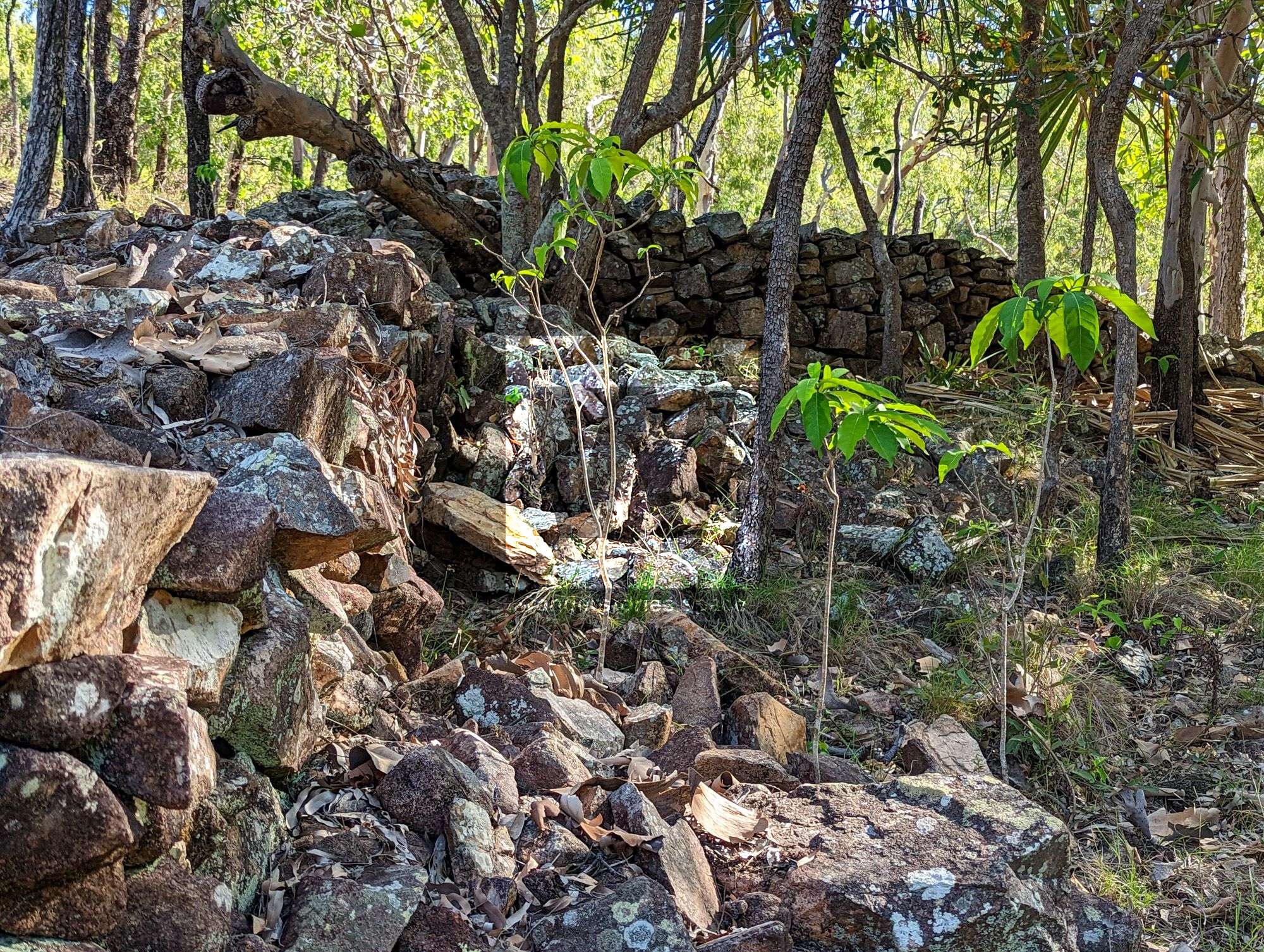
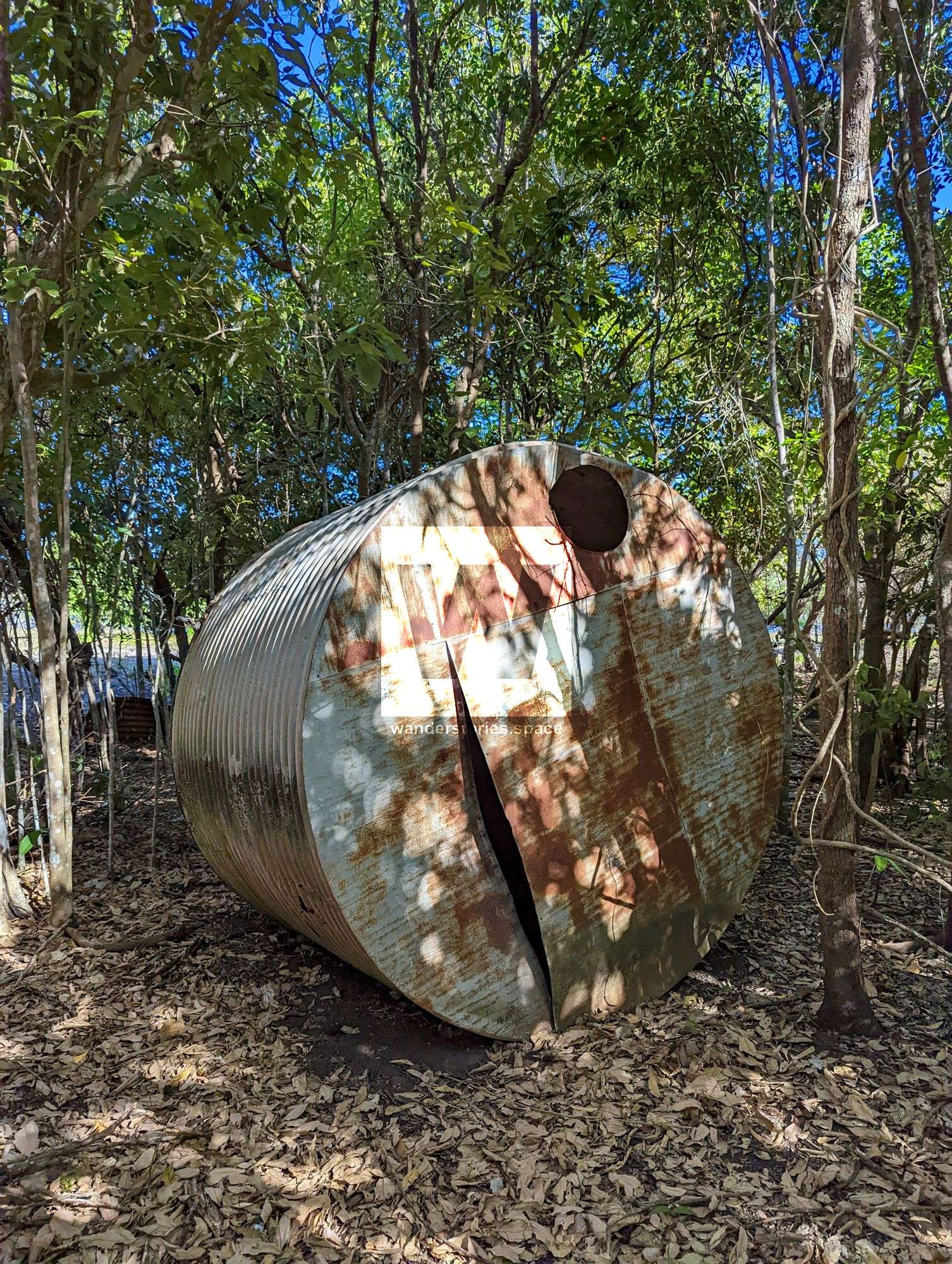
More information about the history and building - https://en.wikipedia.org/wiki/Fantome_Island_Lock_Hospital_and_Lazaret_Sites
See also the nearby Yank's Station on Orpheus Island. It's an abandoned American submarine repair station from WWII and remains can still be seen.
Notes
These area contains various dangerous building debris, particularly asbestos fibro fragments. Fragmented iron, glass, and ceramics are also located across the site.
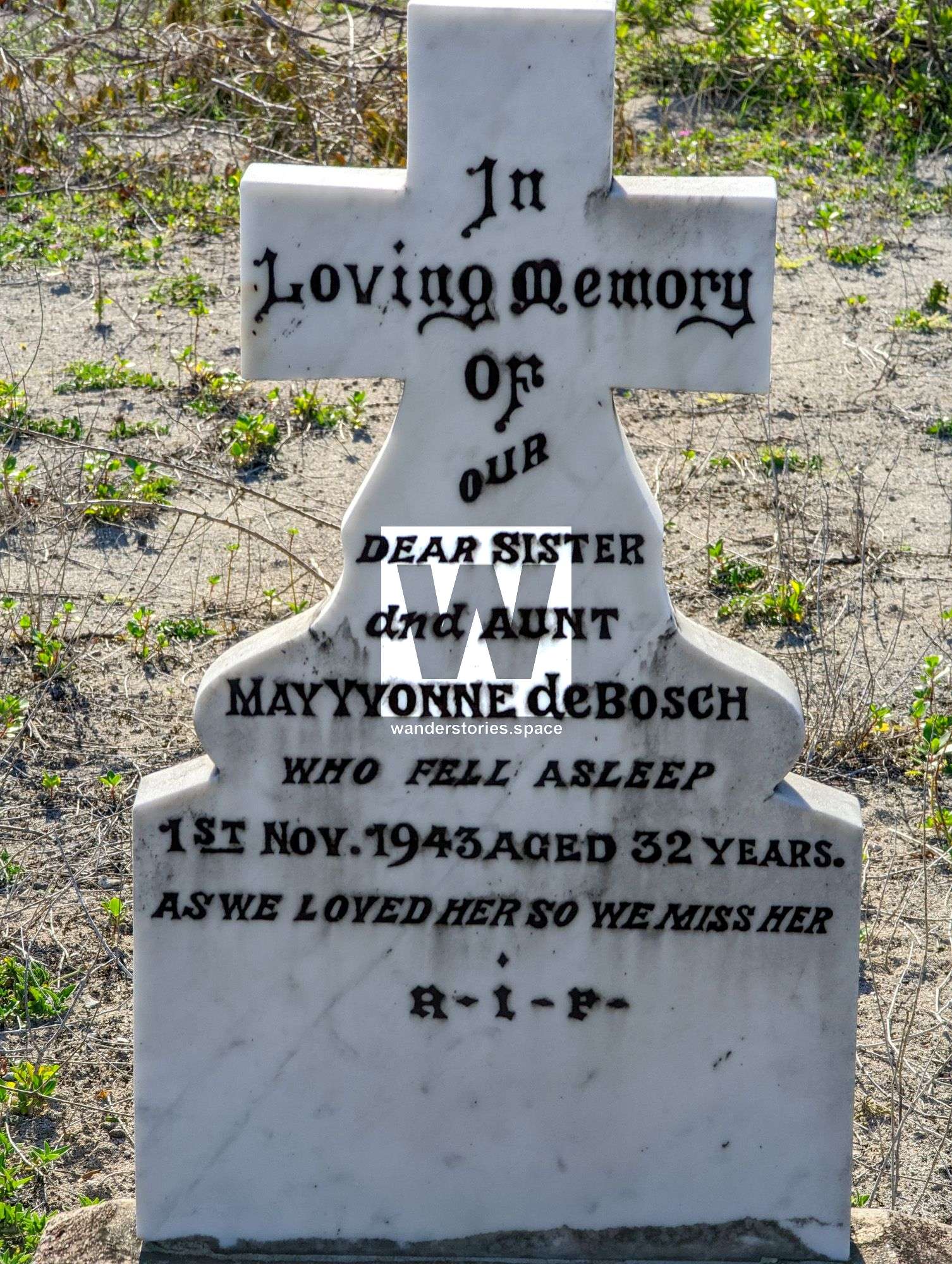
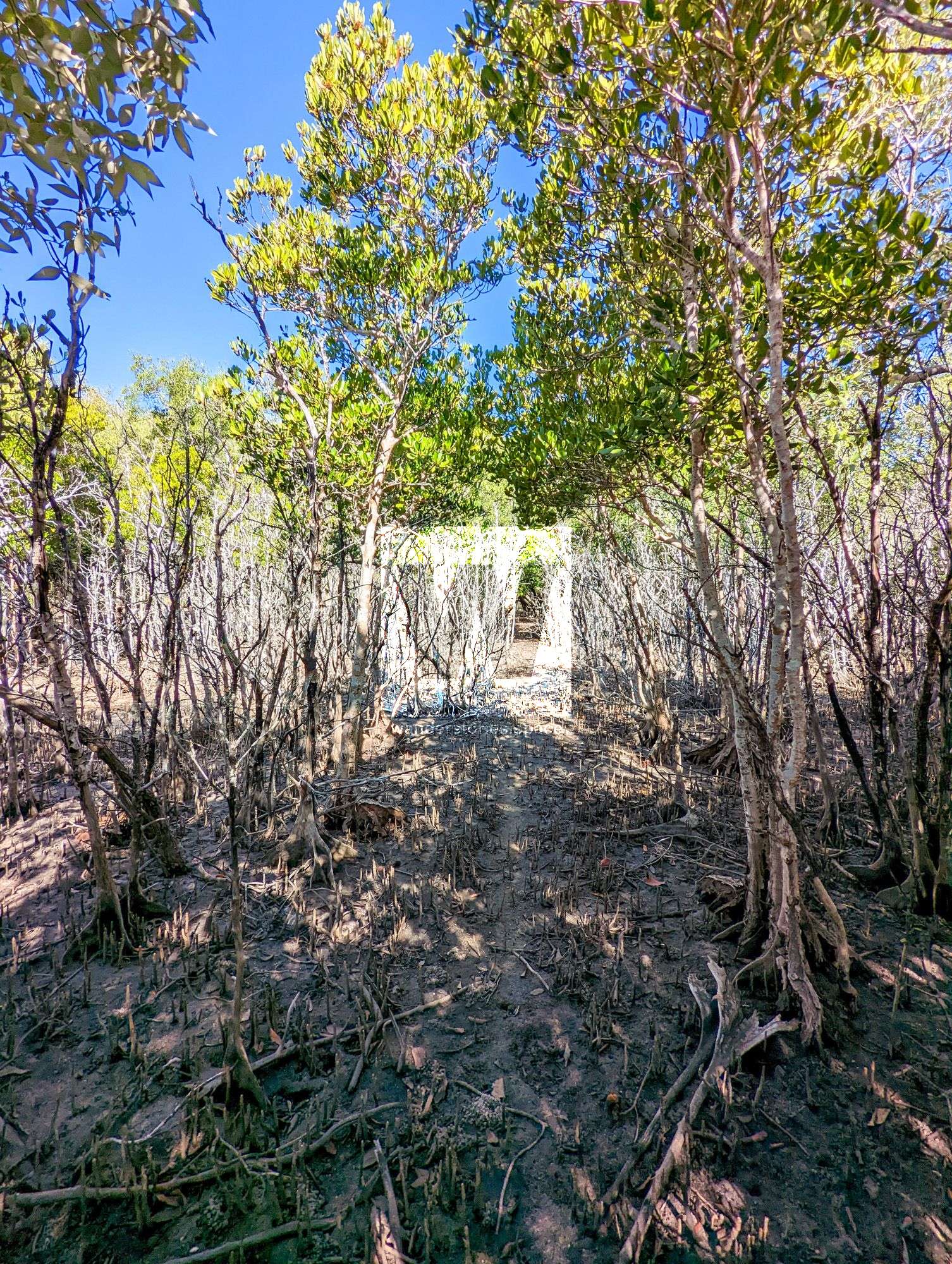
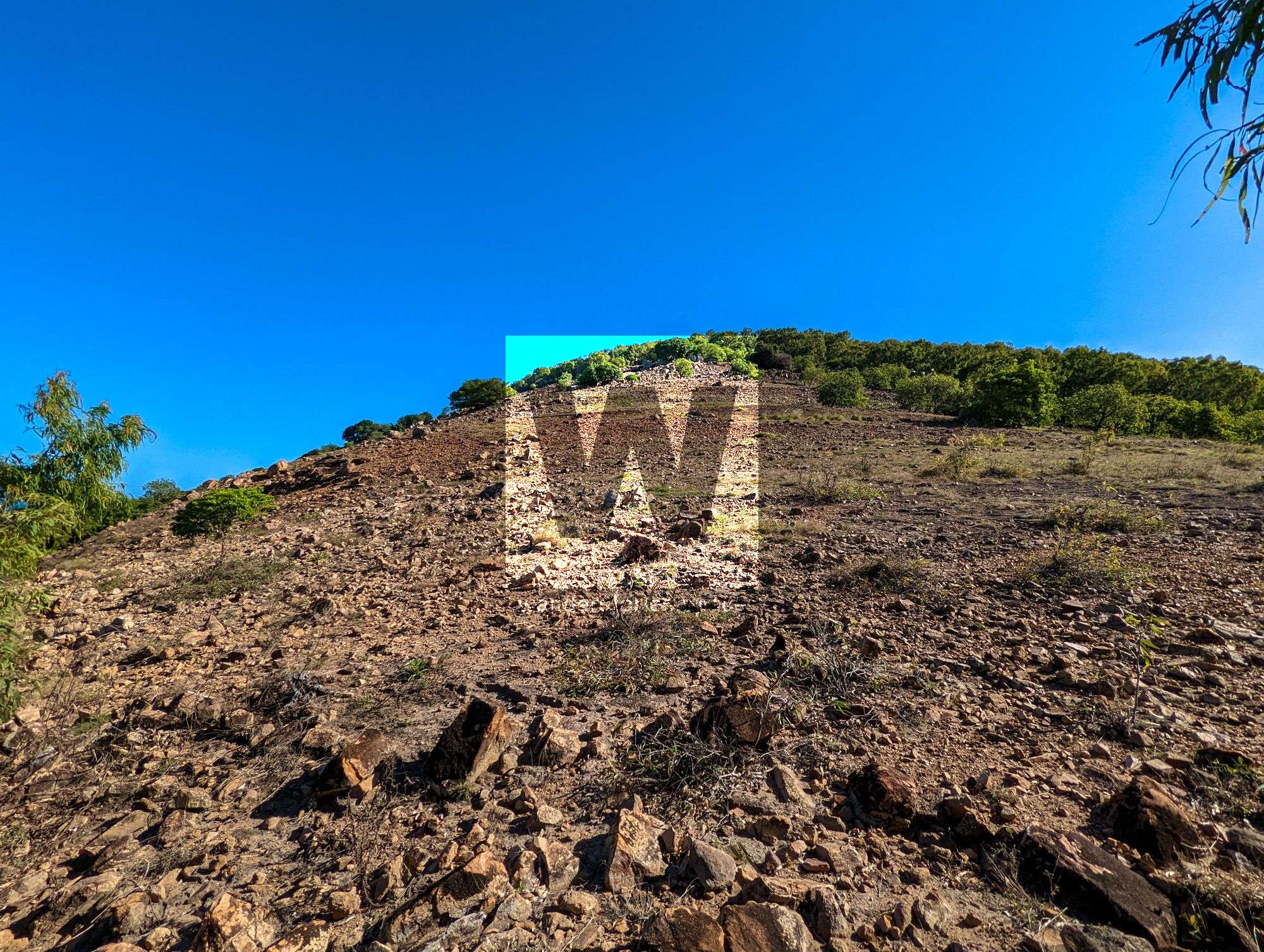
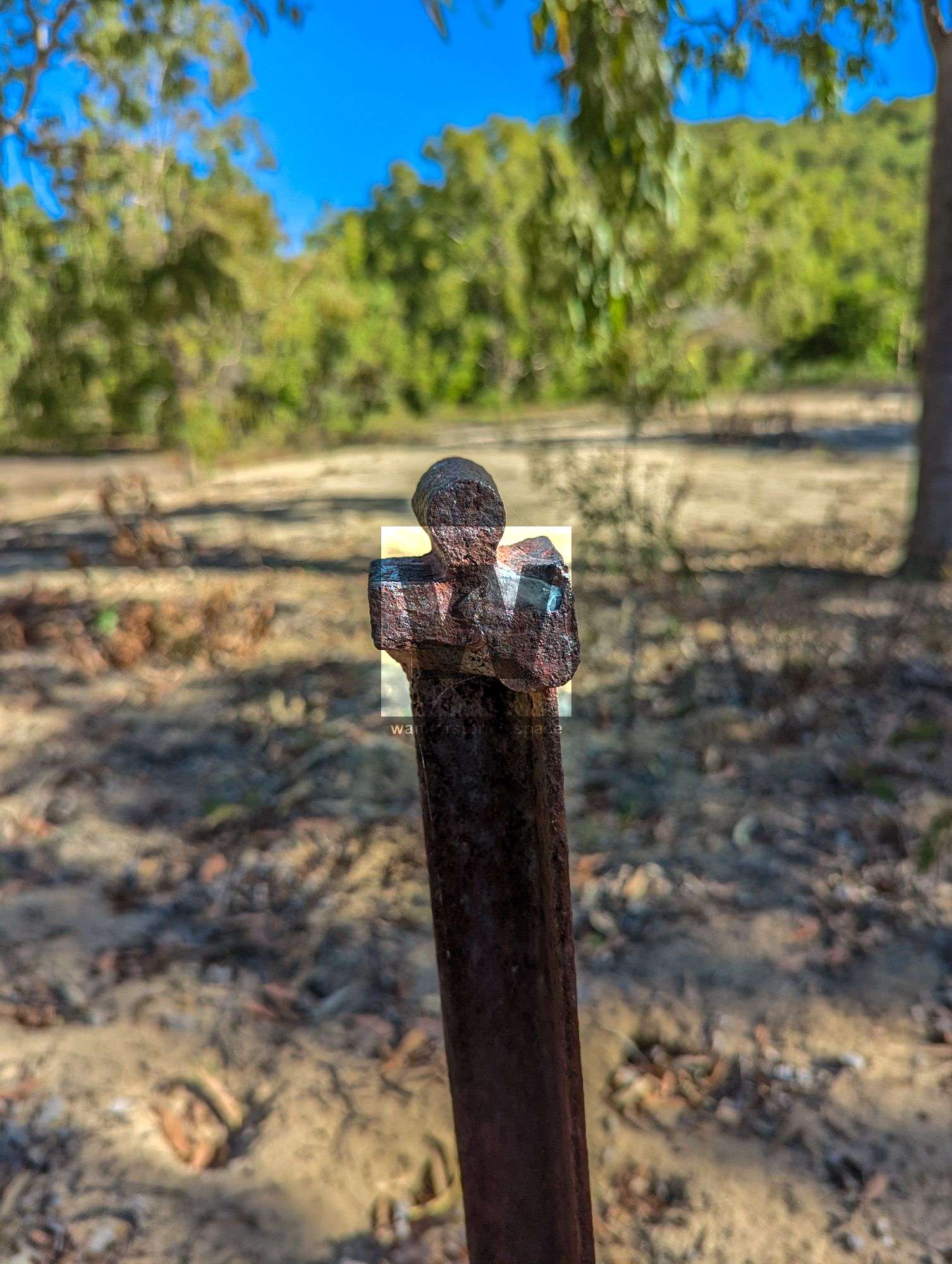
This article, and all other articles, are for entertainment purposes only and are not to be used as a guide. Please see our Disclaimer for more information.
